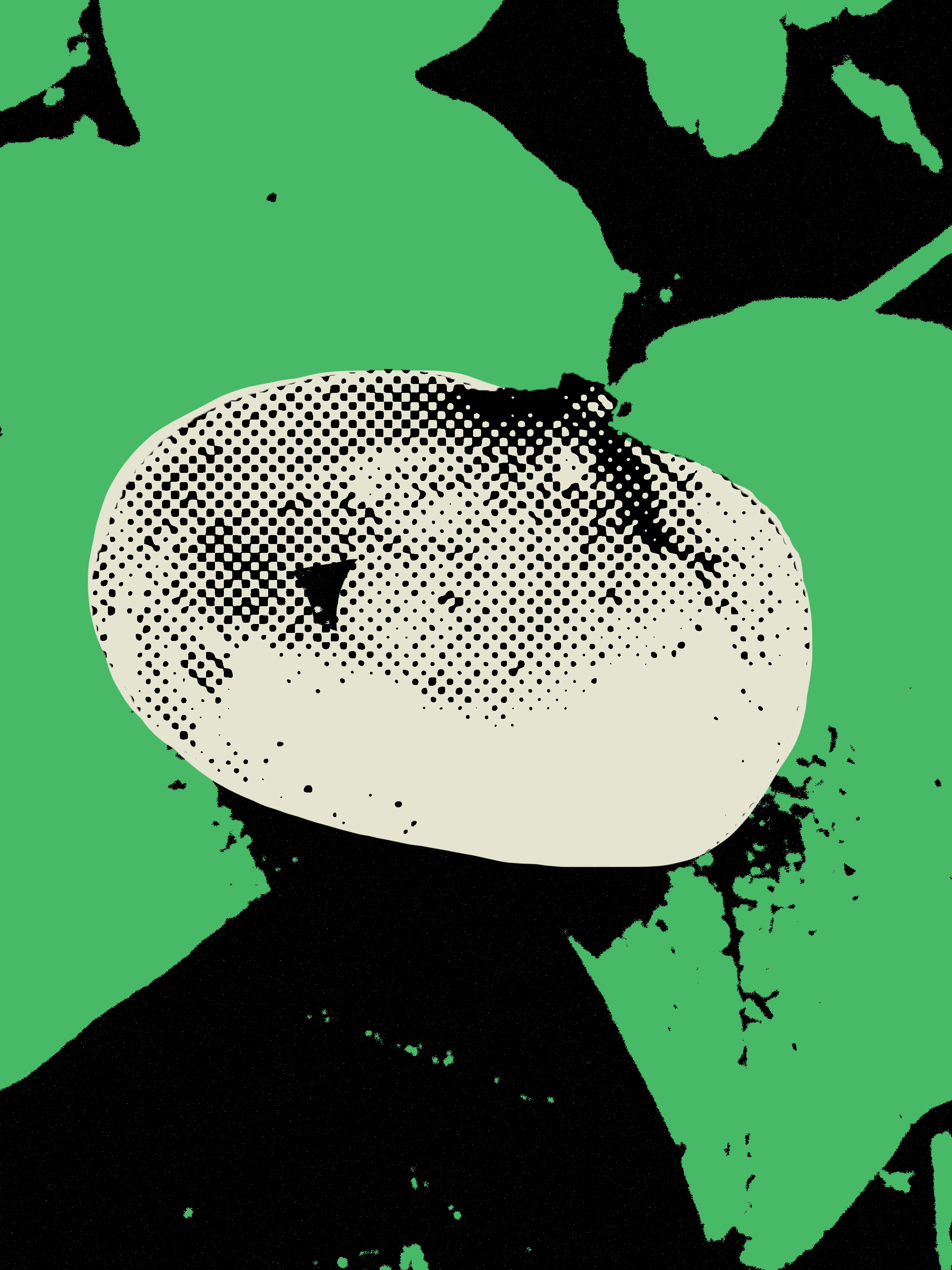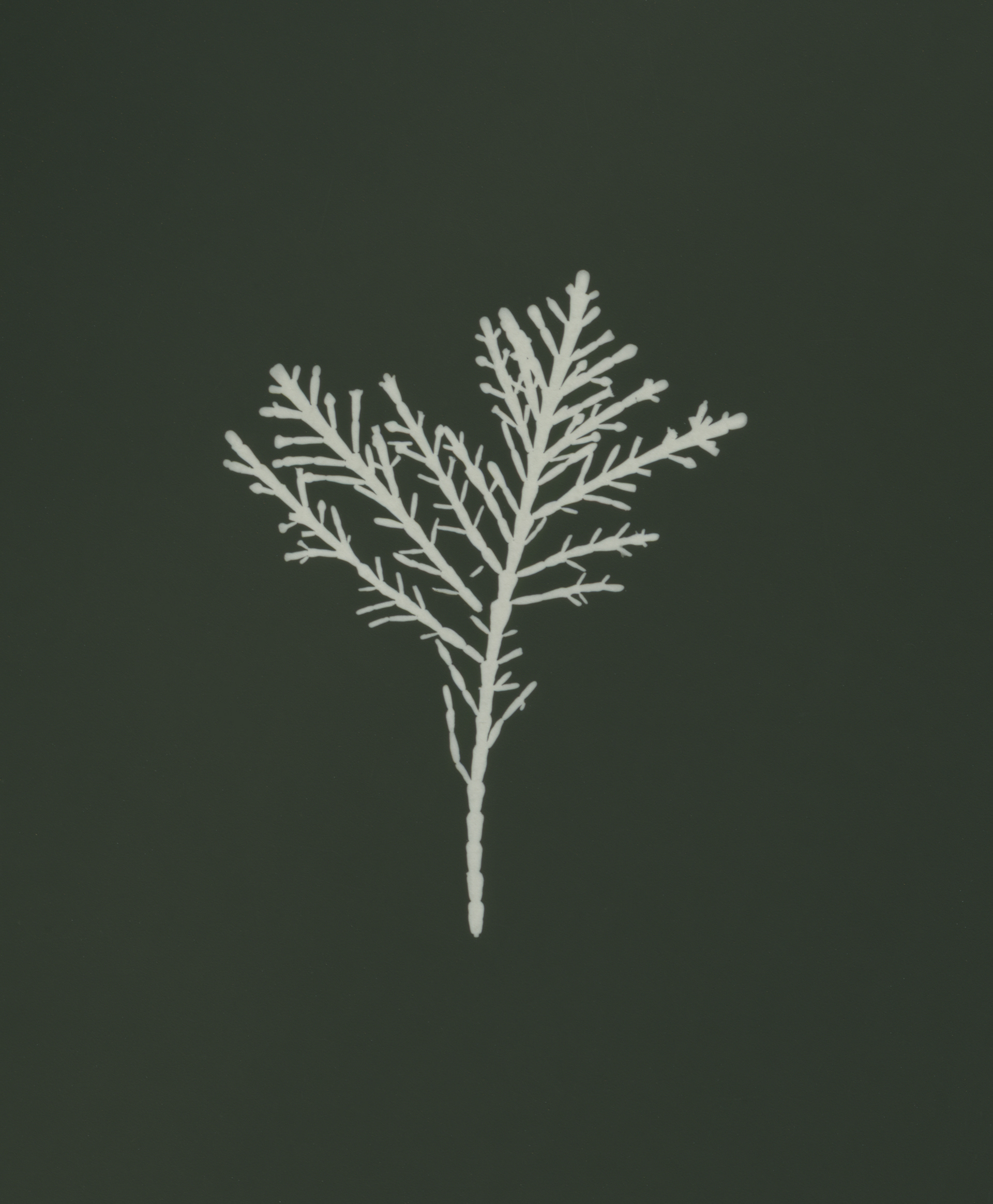
Coral weed (Corallina officinalis) - Spiritually, seaweed was used to ward off evil spirits, conjure the wind and sea gods, and assist in birthing ceremonies.
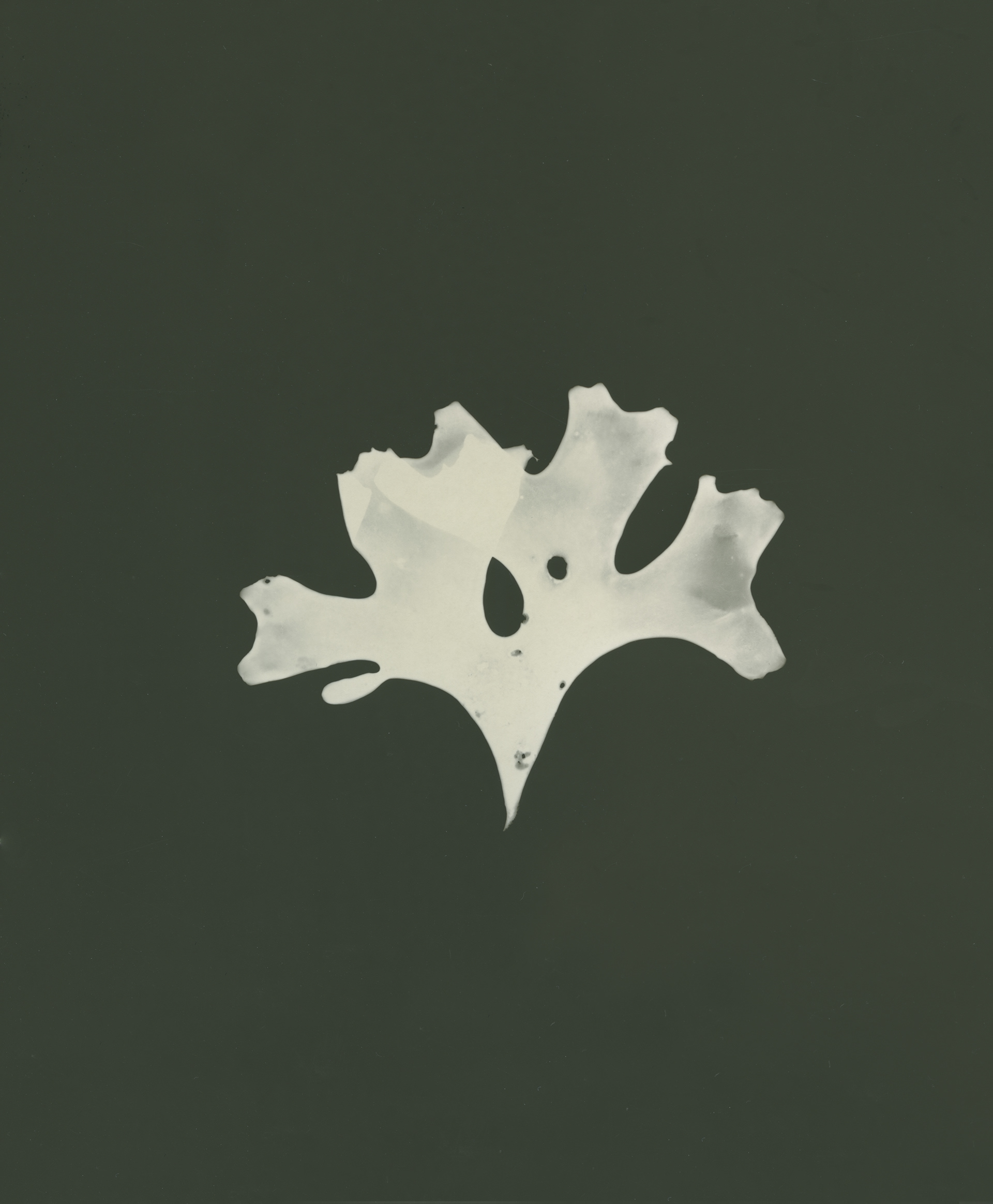
Irish moss (Chondrus crispus) - Irish moss is a common seaweed used in baking because of its sweetness. It must be sun bleached before using to remove the savoury flavour. There is a belief that laying it in the sun on a lawn of clover makes it even sweeter to taste. It’s used in ice cream and toothpaste as a natural thickener, and in beer brewing to achieve clarity.

Beautiful fan weed (Metacallophyllis laciniata) - “Far in the sunless retreats of the ocean, fair flowers are springing no mortal may see” - Ocean Flowers and Their Teachings by Mary Matilda Howard. 1846.
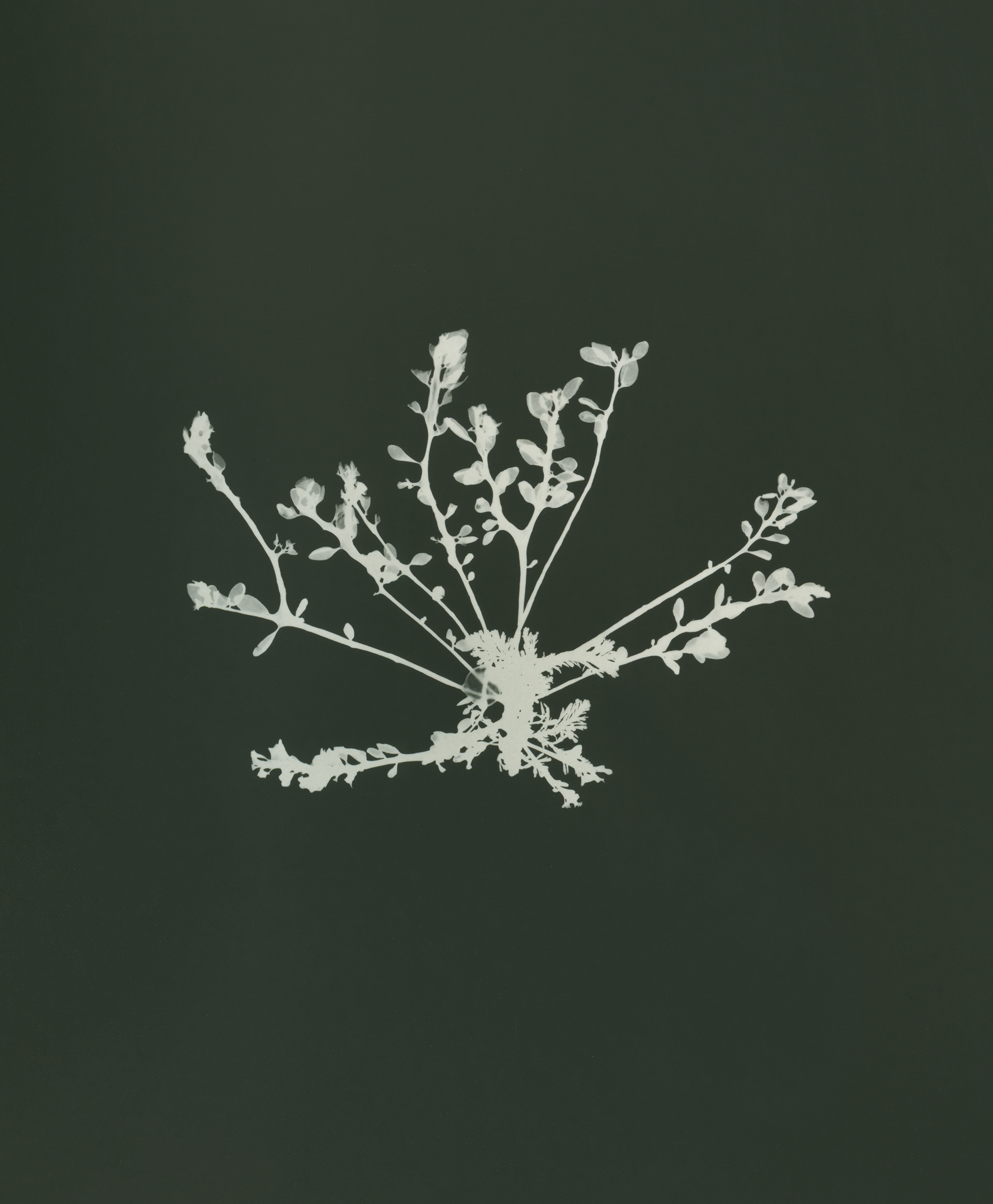
Red grape weed (Gastroclonium ovatum) - Seaweed is being used to create an alternative biofuel. Although a greener alternative to oil, many biofuels are produced from food crops, which consume food supplies and increasingly scarce freshwater. Seaweed doesn’t require freshwater to grow and grows five times faster than land plants, whilst providing valuable ecosystems and shelter for marine life. Producing biofuel from seaweed and algae removes many of the problems with conventional biofuels.
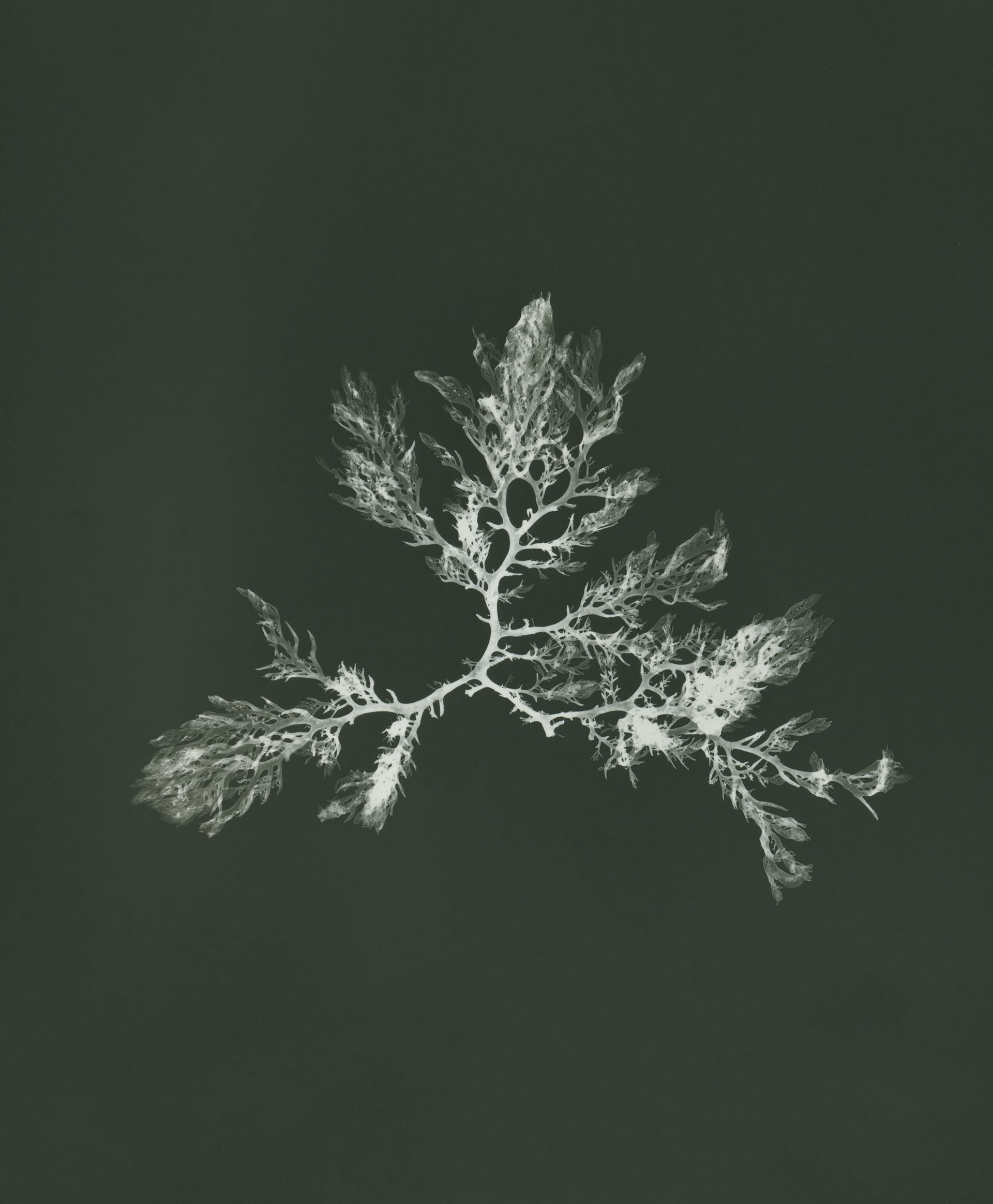
Red comb weed (Plocamium) - Seaweed was the topic of the first ever photographic book. In a time when women were prevented from participating in science, Anna Atkins (1799-1871) self published her book Photographs of British Algae 1853. The book consisted of seaweed sun prints, an early photographic technique called cyanotyping, instead of traditional illustrations. She revolutionised the way science could be communicated.
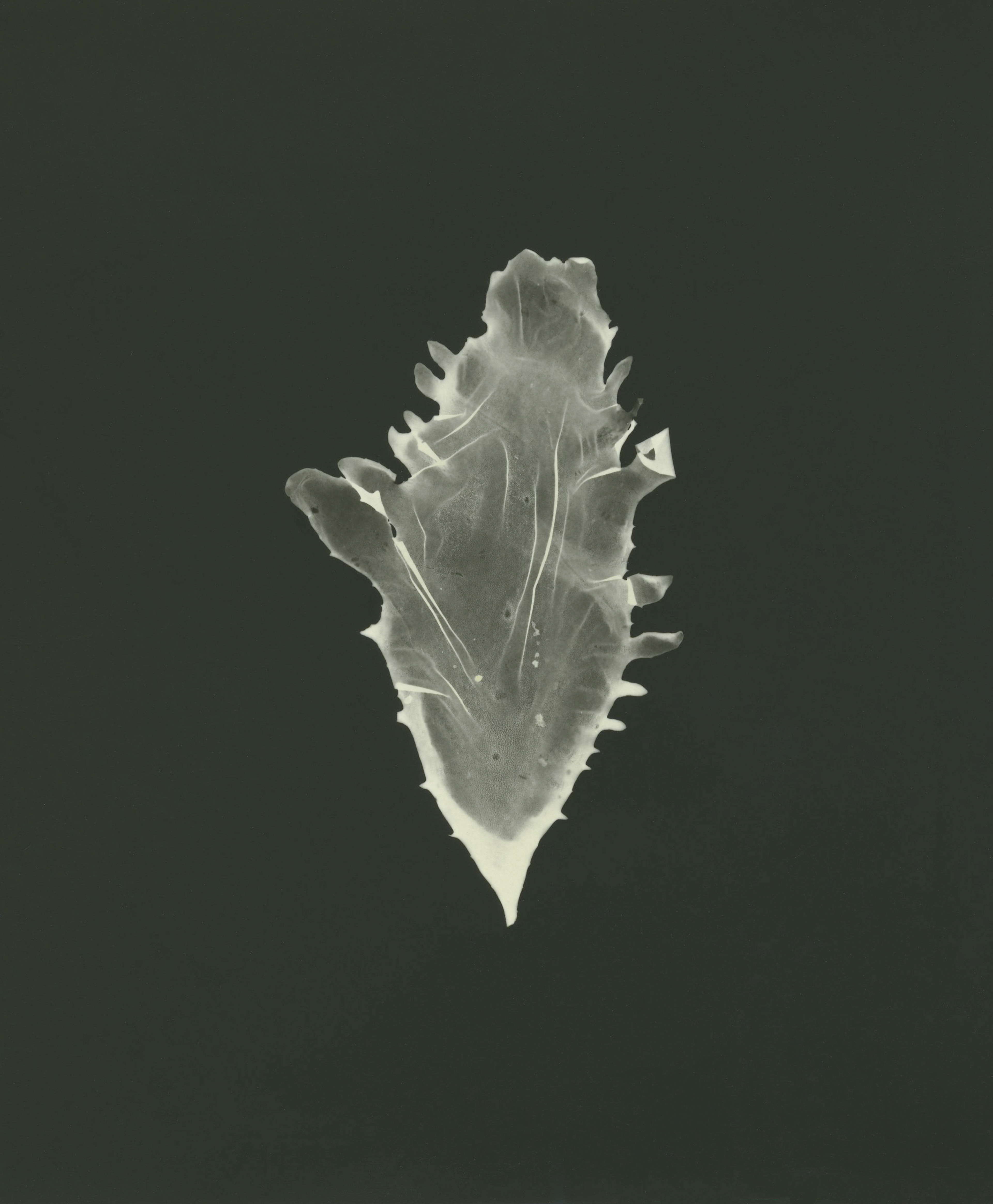
Beautiful eyelash weed (Calliblepharis ciliata)
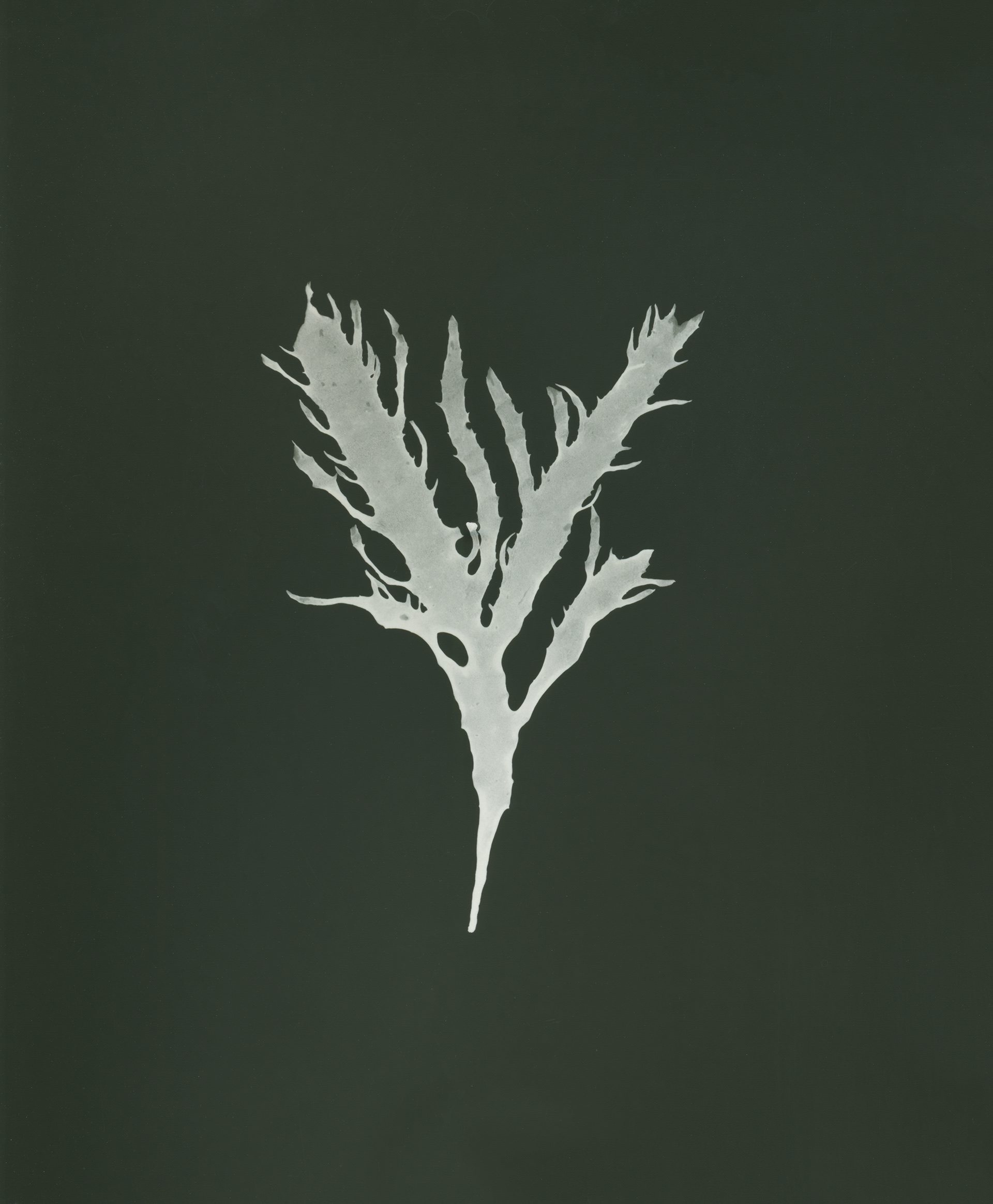
Beautiful eyelash weed (Calliblepharis ciliata) - “As worthless as seaweed” - an old saying used to describe something deemed unworthy or without function. We have since learned that this is far from the reality.
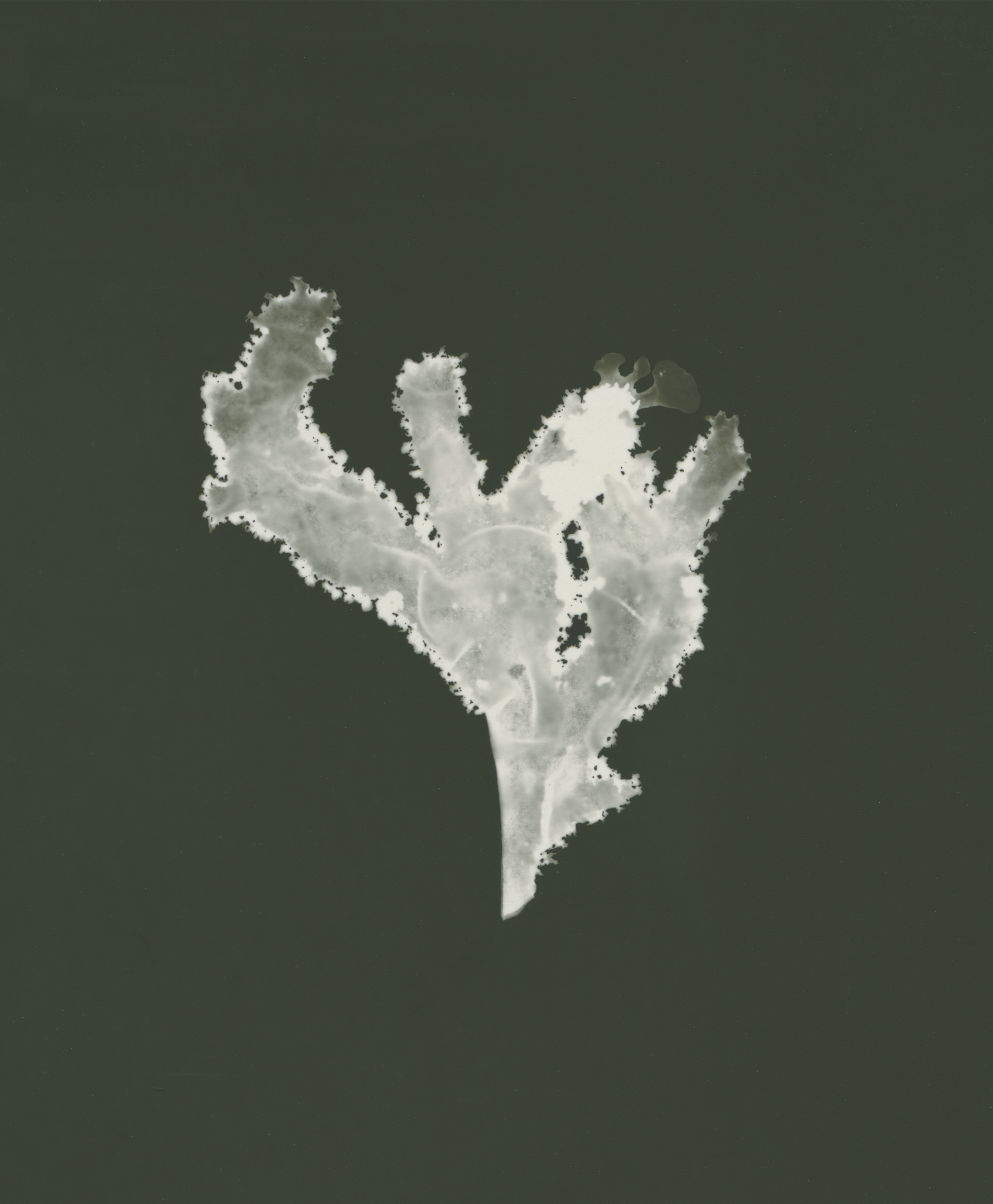
Beautiful fan weed (Metacallophyllis laciniata)
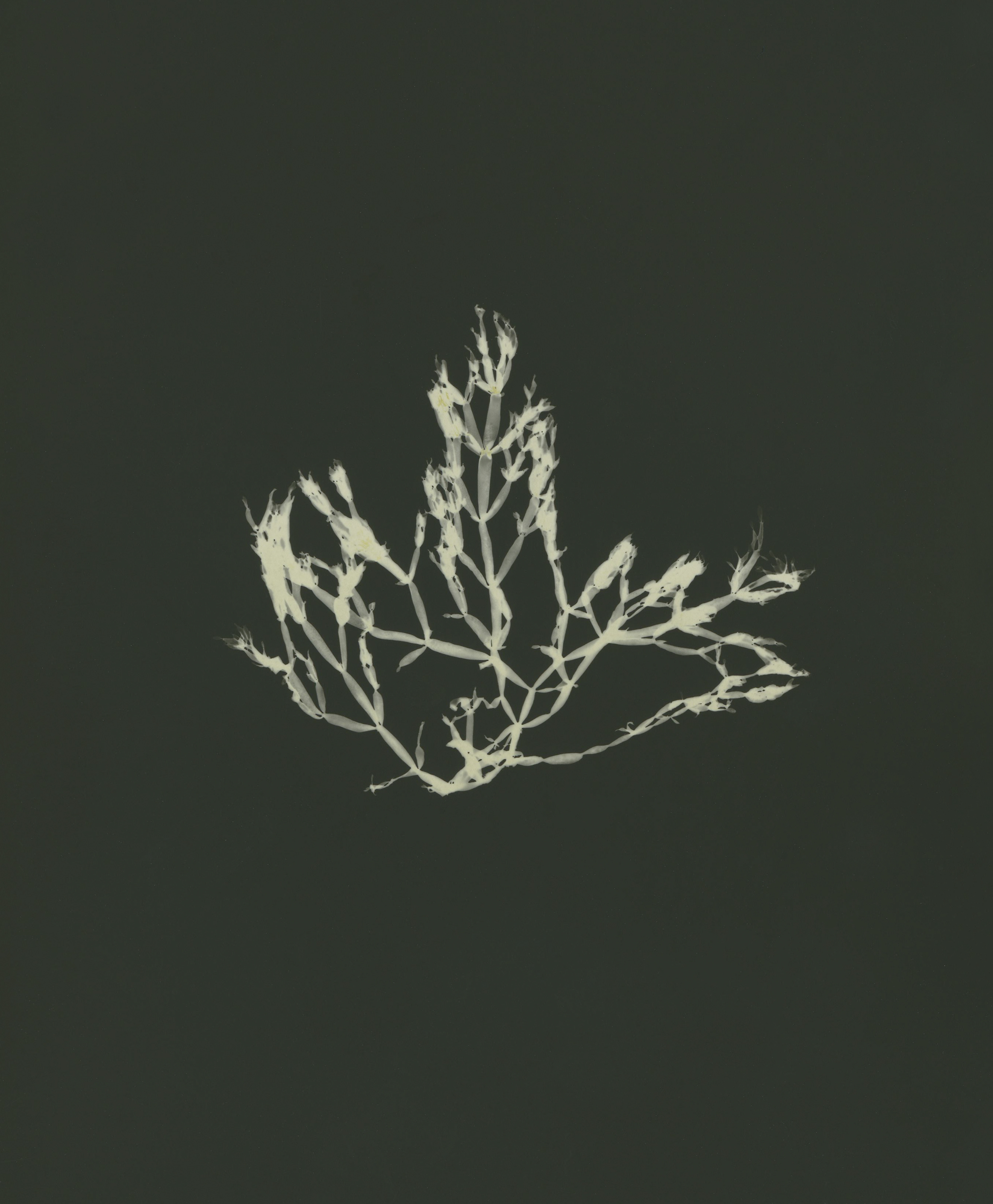
Bunny ears (Lomentaria articulata) - In Asia, seaweed is much more widely used and has been woven into different cultures for centuries. 1,300 years ago in Japan, it was so integral to daily lives that it could even be used to pay taxes.
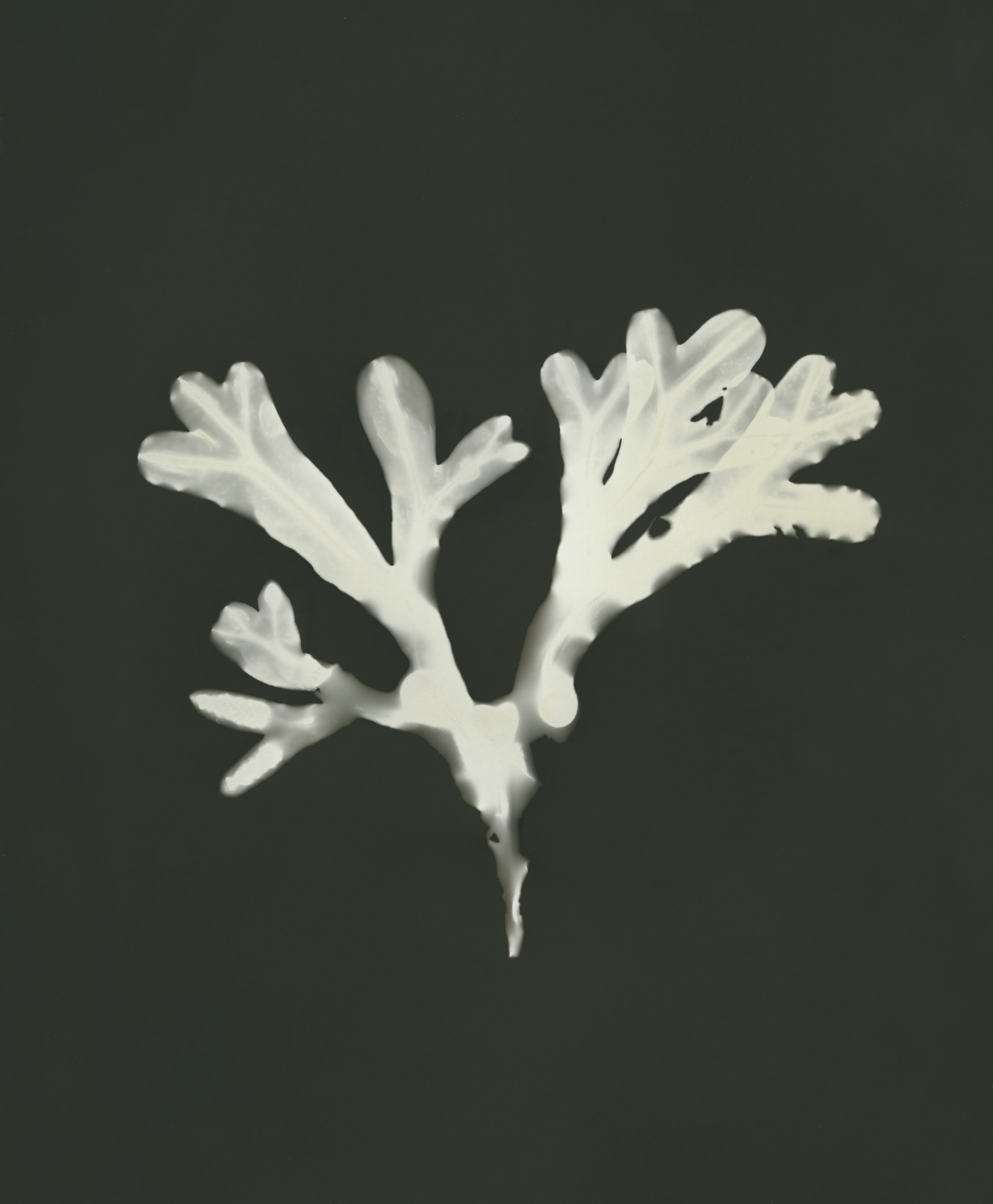
Bladderwrack (Fucus vesiculosus) - In folk law, bladderwrack is a herb of protection and was once kept in purses as good fortune. It was used to tell the weather - if it was hung and stayed wet, then rains were soon to come, and if dry then clear weather was ahead. Hanging wracks from your fireplace was also said to gift your house protection from burning down. Alginate now extracted from wracks are used in fire retardant material and firefighters foam.
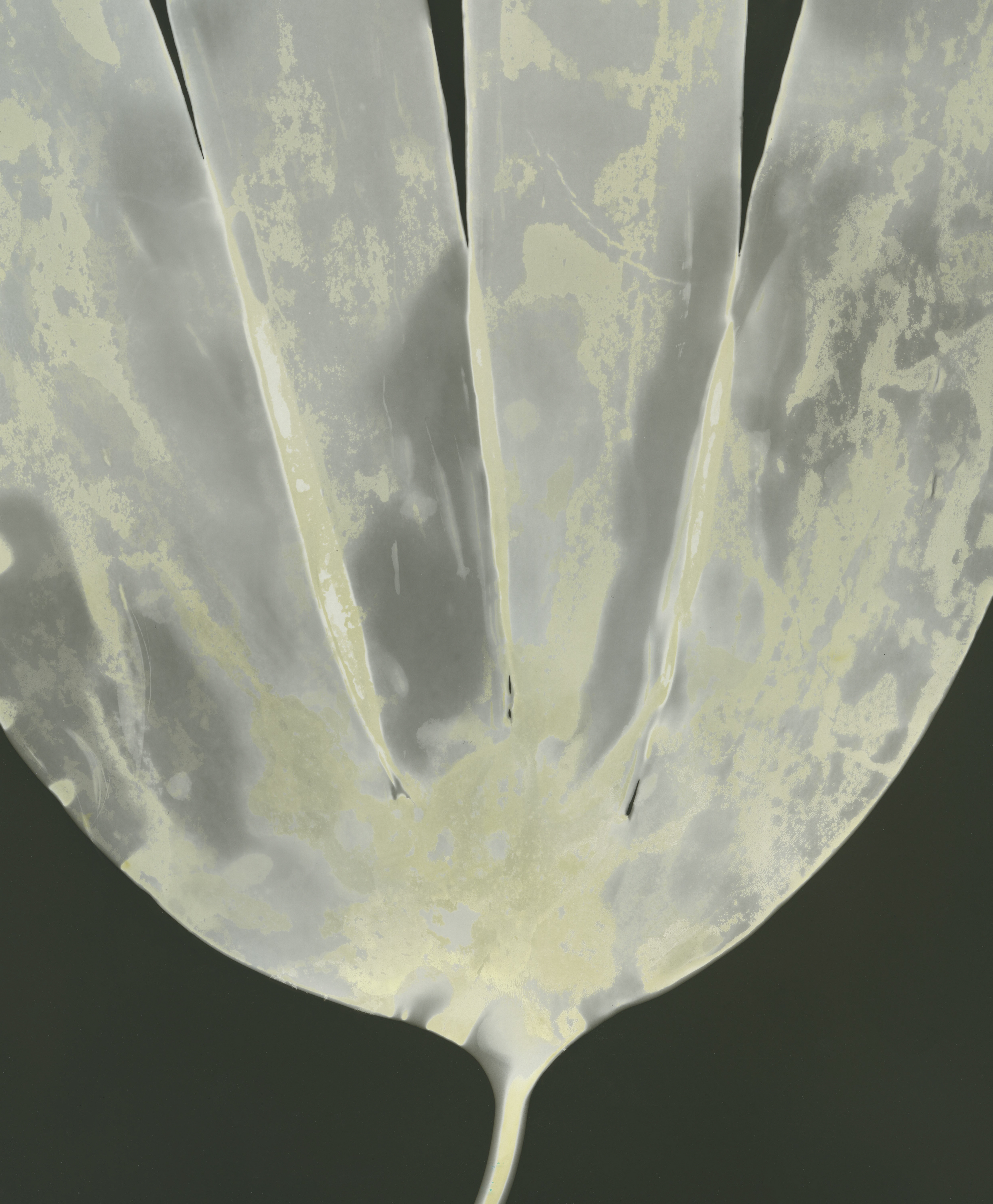
Oarweed (Laminaria digitata) - Oarweed is a type of kelp that grows to create underwater forests. These forests prevent coastal erosion and absorb 20 times more carbon than land based forests - a single stalk of kelp can support around 80,0000 organisms. They are the most productive organisms in the world, growing up to 2 inches per day. New regenerative kelp farming in the UK is providing food and shelter for marine life and could provide year round employment for coastal communities. The harvested kelp can be used in livestock feed, for the creation of bioplastics, and in the cosmetic, pharmaceutical and food industry.
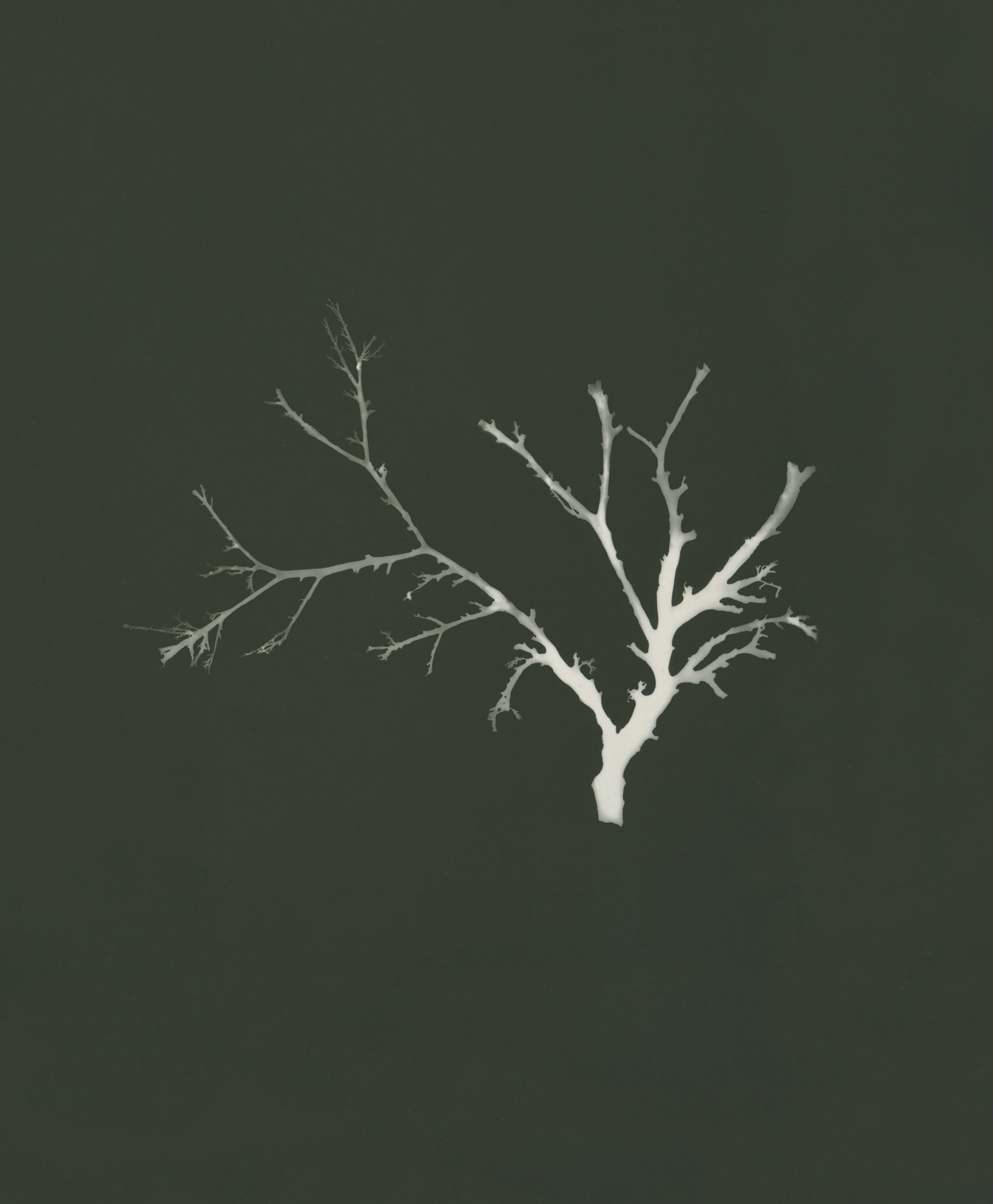
Berry wart cress (Sphaerococcus coronopifolius)
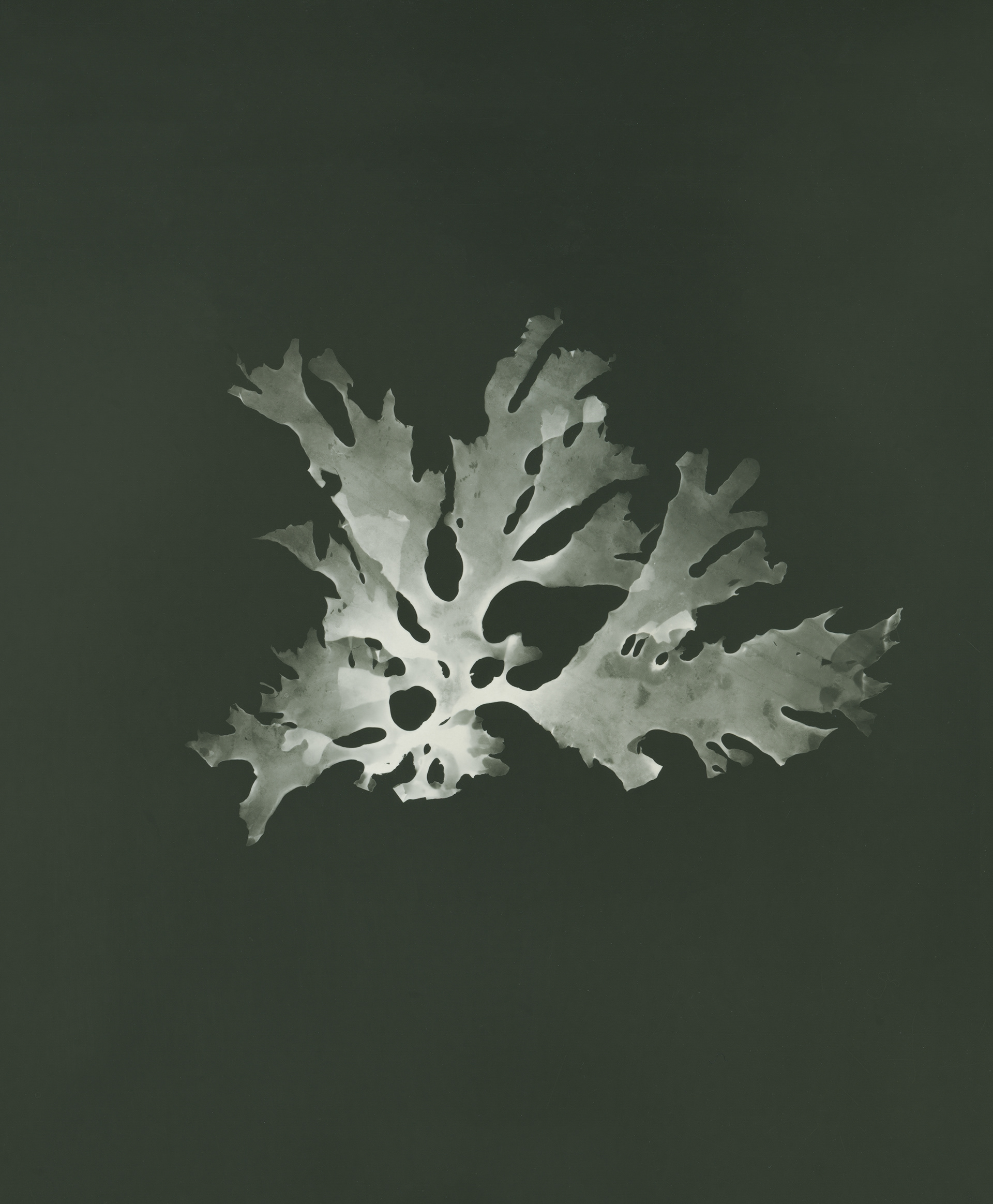
Beautiful fan weed (Metacallophyllis laciniata)
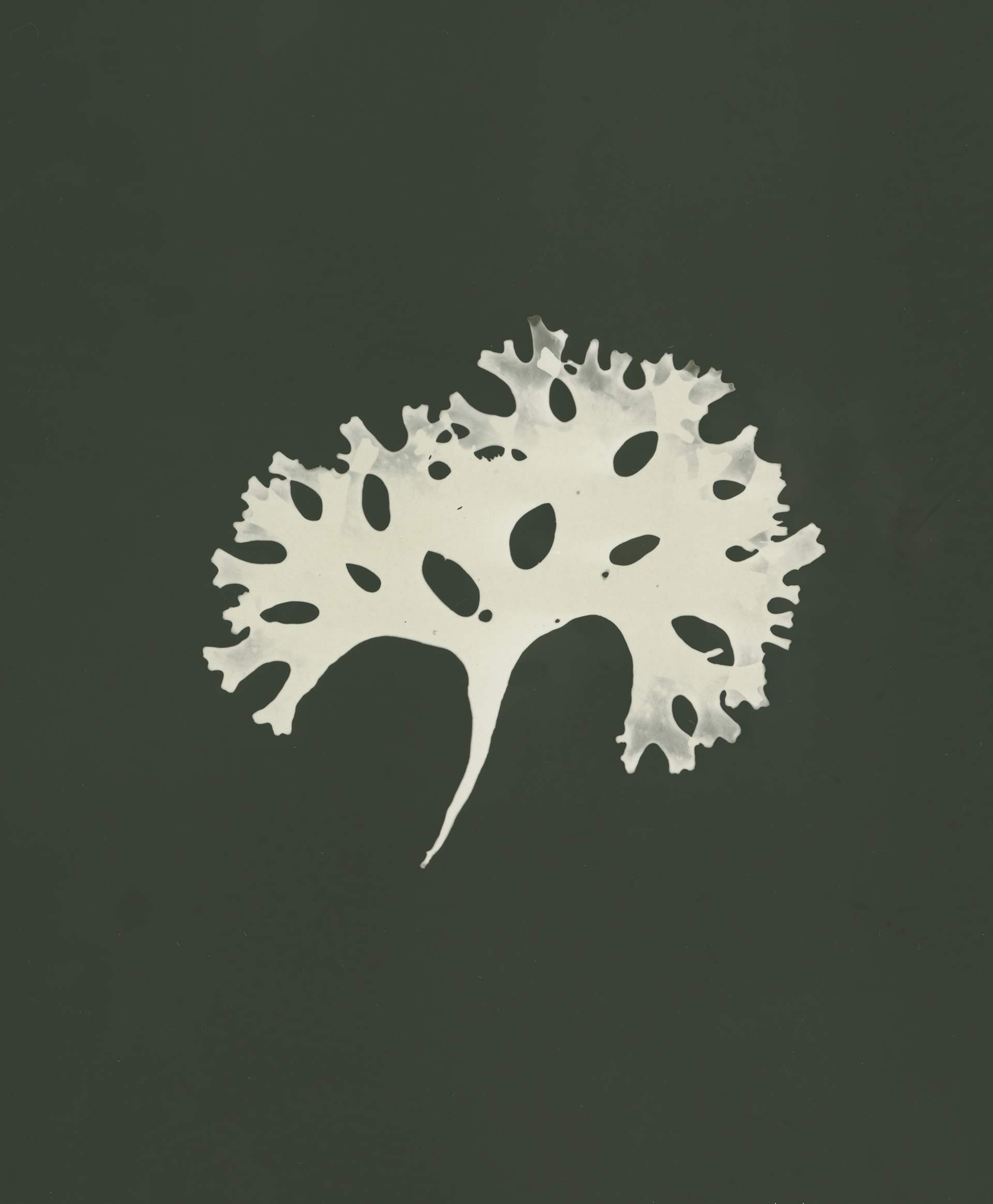
Irish moss (Chondrus crispus)
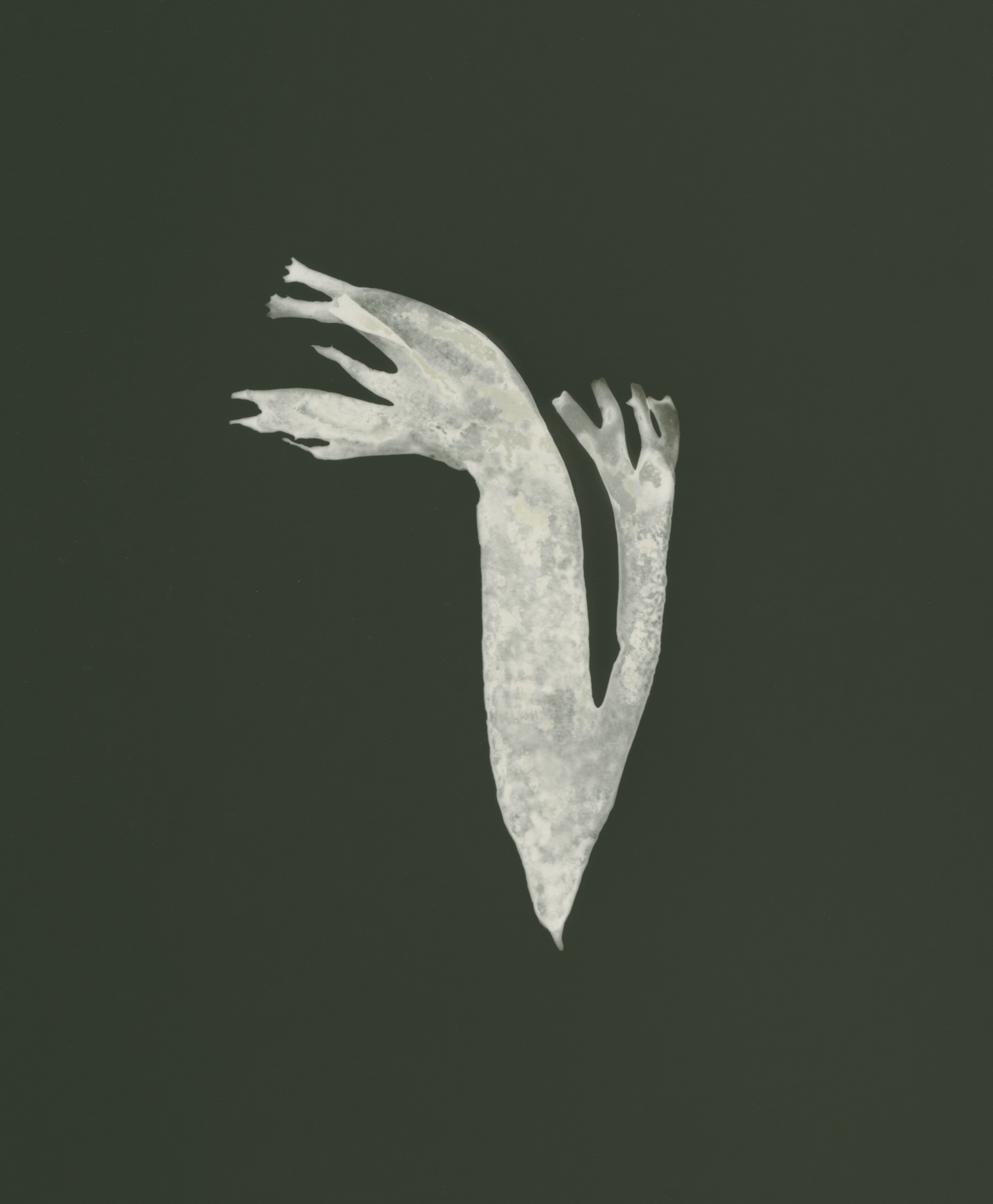
Cleaved wart weed (Gracilaria multipartita) - Seaweed has long been valued in medicine. Its alginate is used in medical dressings for its high absorbency, while pigments in red seaweeds are being explored in cancer research to monitor tumors. It offers anti-inflammatory benefits, supports respiratory health, boosts the immune system, promotes breast, heart and bone health and can help to balance blood sugar levels.
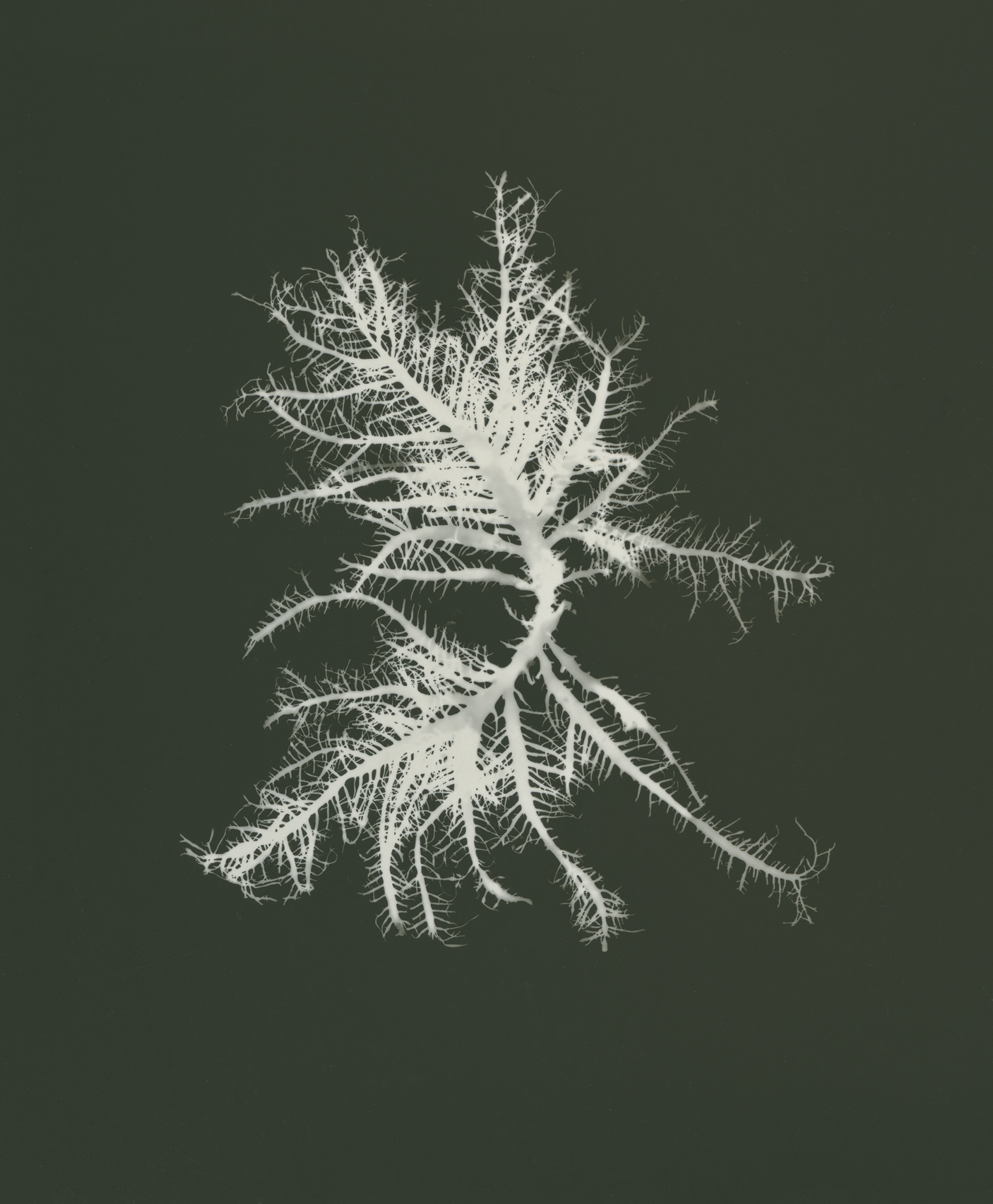
Straggle weed (Gelidium) - In Tintagel, there is evidence of seaweed ash in medieval dwellings. It is assumed that it was used as ‘black salt’, which can be used to cure cheese and meat.
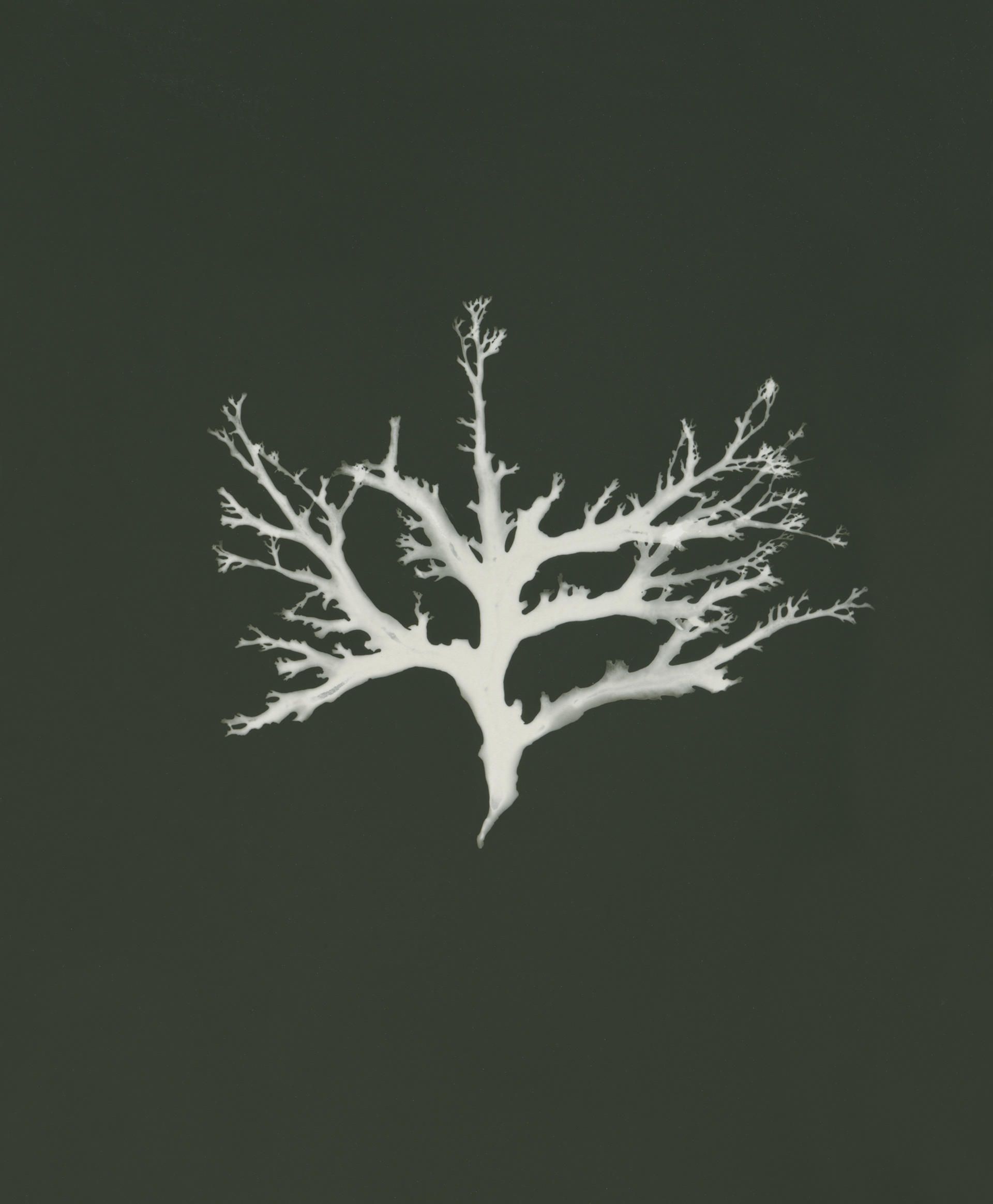
Berry wart cress (Sphaerococcus coronopifolius) - Green seaweed and algae are the ancient ancestors of all living land plants.
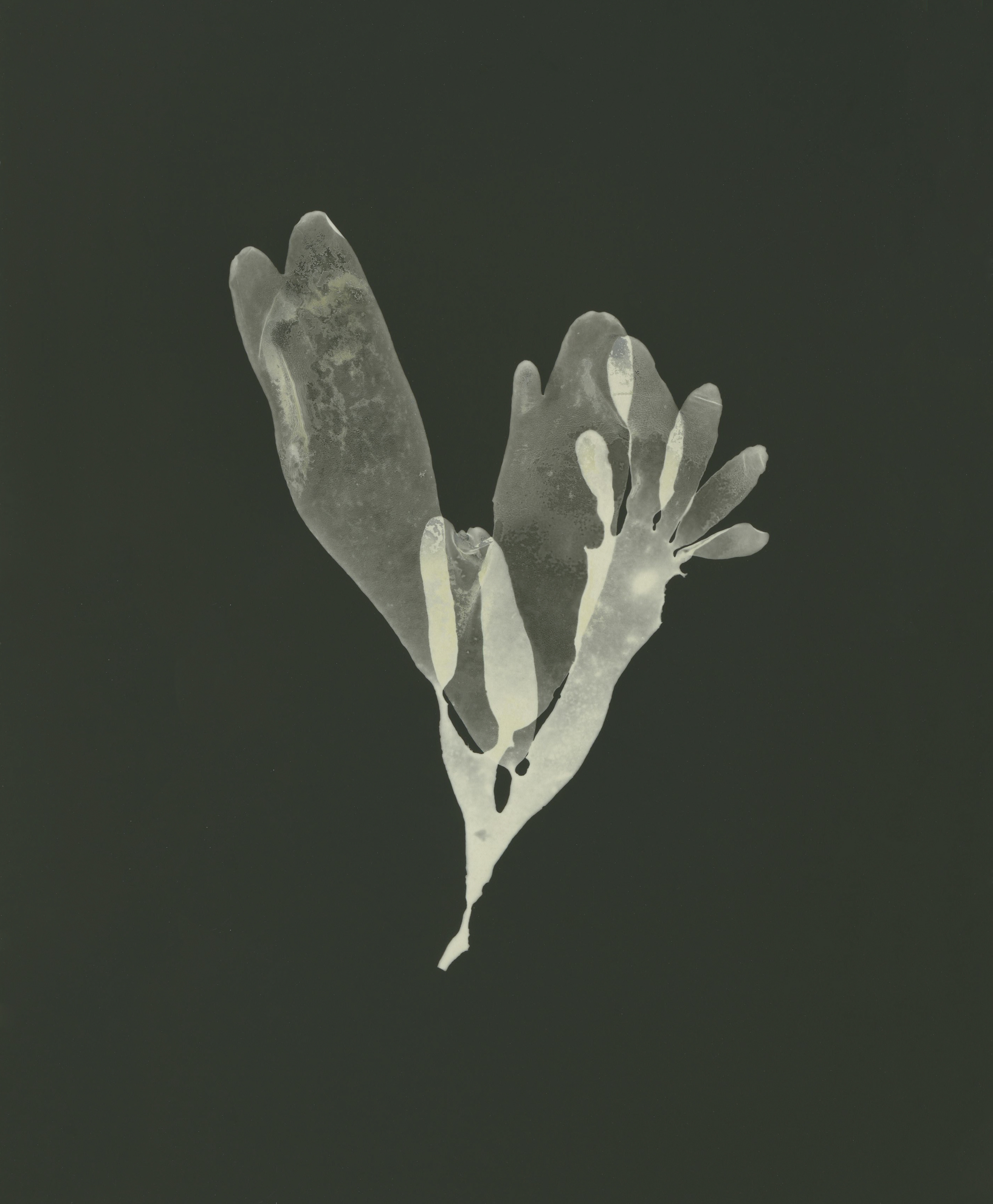
Dulse (Palmaria palmata) - Known as the 'Viking age beer snack', many people relied on dulse as a regular staple and source of nutrition on long voyages. There is more iron in 8g of dulse than in 100g of sirloin steak. Typically it was dried, rolled up and chewed like tobacco. It is believed by some archaeologists that foraging seaweed is how humans managed to travel so far north in Europe when they first arrived here.

Dulse (Palmaria palmata)
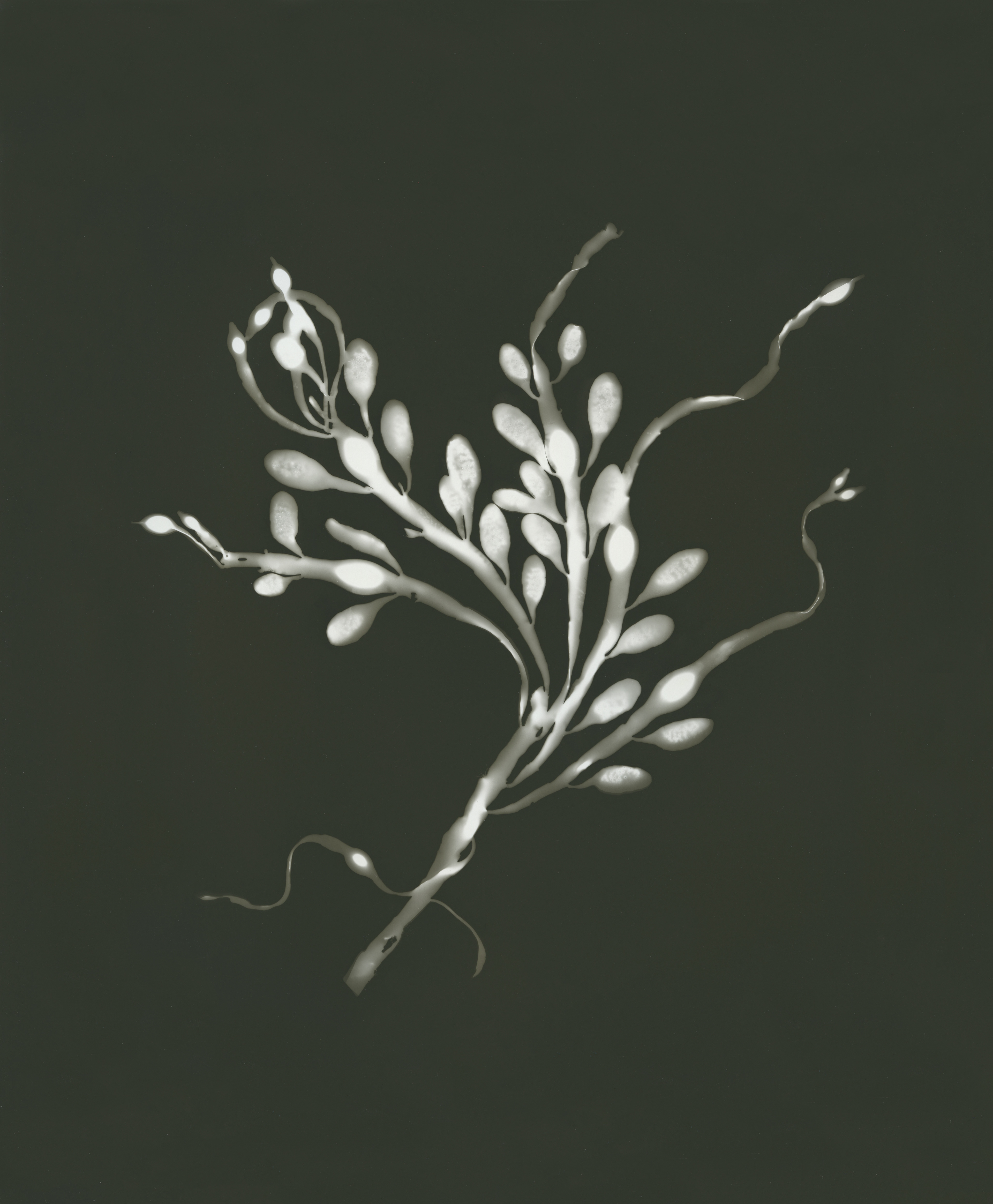
Egg wrack (Ascophyllum nodosum) - Egg wrack is a type of common brown seaweed being used to create a completely sustainable and biodegradable textile fibre. The fibre can be woven or knitted to make clothes or various other textile products.

Grape pip weed (Mastocarpus stellatus) - It was once common to allow livestock to freely graze on seaweed along the shore. New research suggests that feeding cattle red algae can reduce the land needed for producing traditional cattle feed and cut involved methane emissions by up to 90%. Currently, methane generated mostly by the beef and dairy industry accounts for an astounding 5.5% of all human-caused global greenhouse gas emissions.

Irish moss (Chondrus crispus)
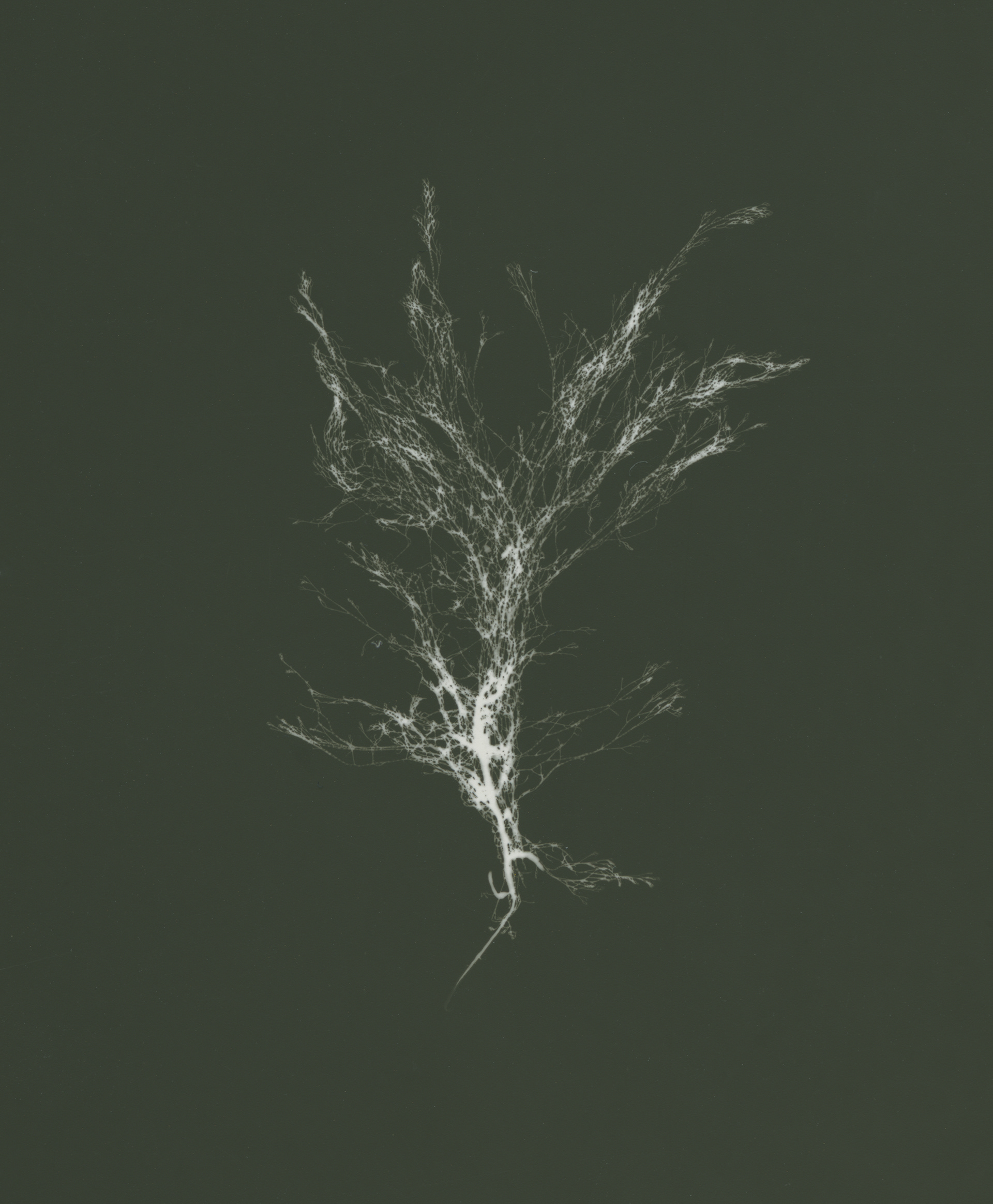
Siphon weed (Vertebrata) “There is a magnet-like attraction in these waters to the imaginative power, that links the viewless with the visible, and pictures things unseen” - Lines on the View From St. Leonards by Thomas Campbell (1777 - 1844).
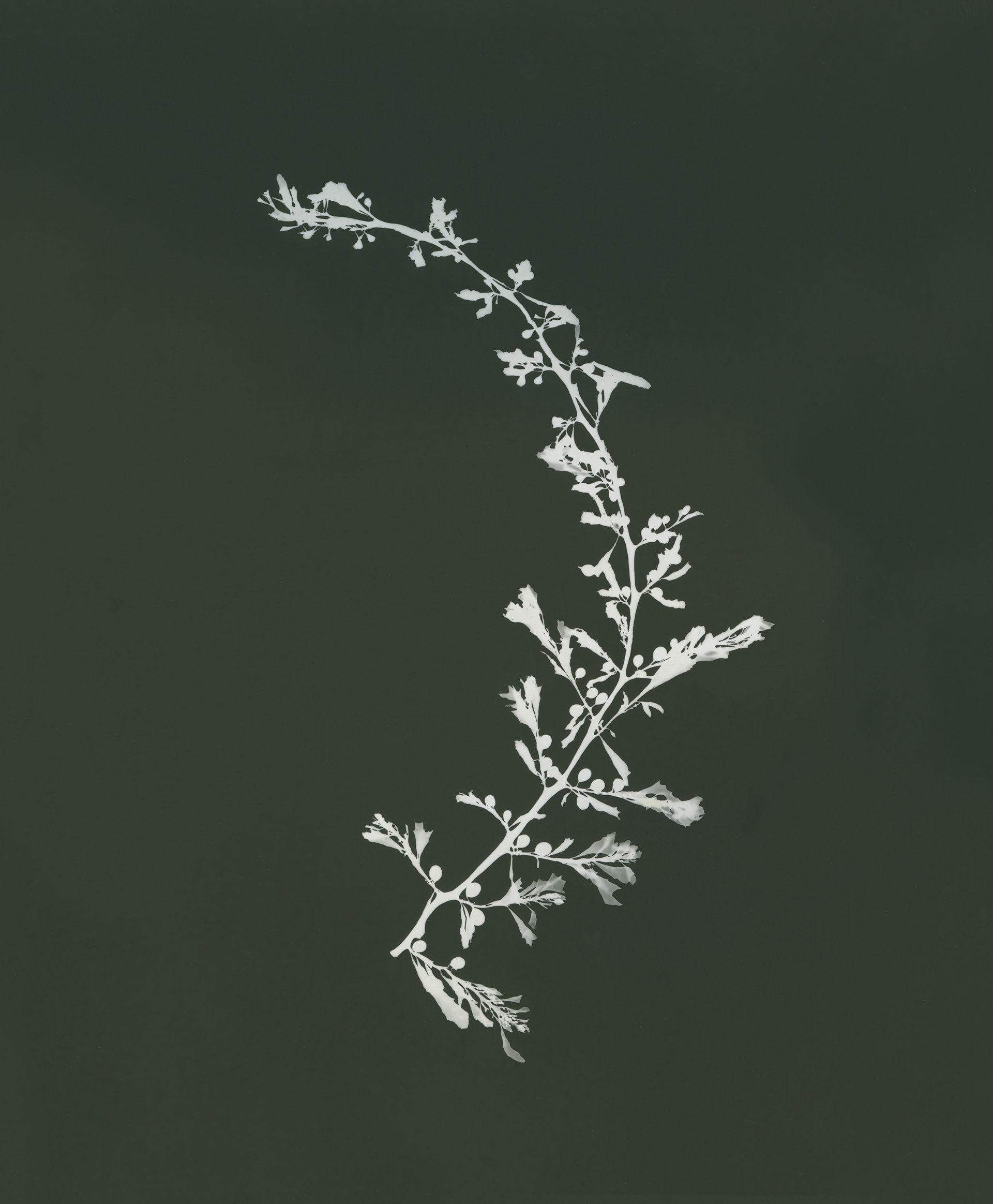
Japanese wireweed (Sargassum muticum) - Japanese wireweed is an invasive species of seaweed in the UK - it can grow rapidly into tall and dense matts which block out light for other underwater communities. It is however deliciously edible, nutrient rich and is said to contain compounds that lessen the effects of a hangover.

Pepper dulse (Osmundea pinnatifida) - Pepper dulse is described amongst chefs as the 'Truffle of the Sea'. It is used in culinary recipes for its distinctive truffle flavour and hint of black pepper.
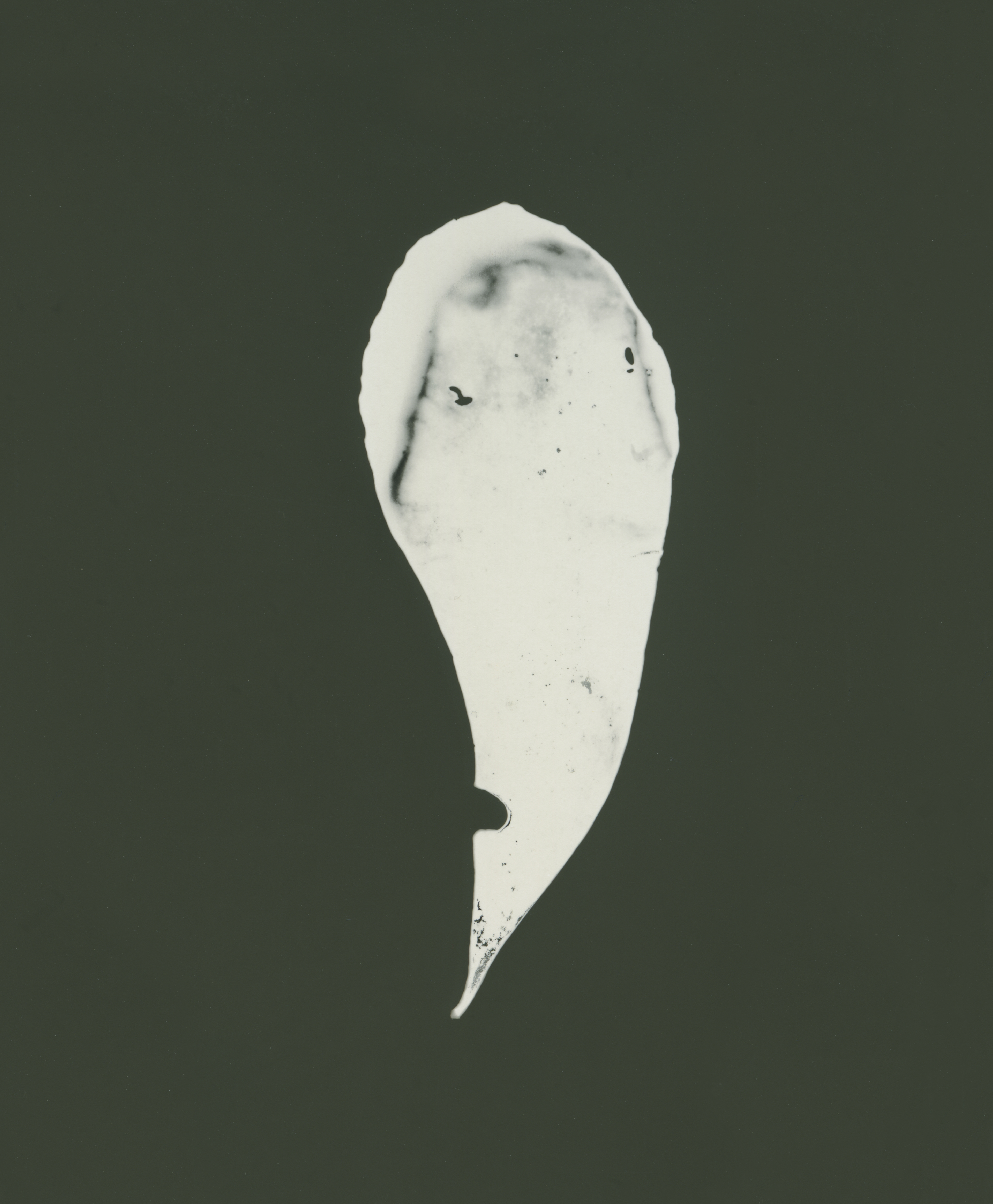
Red rags (Dilsea carnosa) - In coastal areas, seaweed has been used as a fertilizer for centuries. In small amounts it can be collected, washed and dug into the soil like manure, or soaked in water and the liquid used as a nutrient supplement for healthy plant growth. ‘The Golden Mile’ of farmland behind Mount’s Bay near Penzance, is believed to be so productive because of this historic practice in the area.
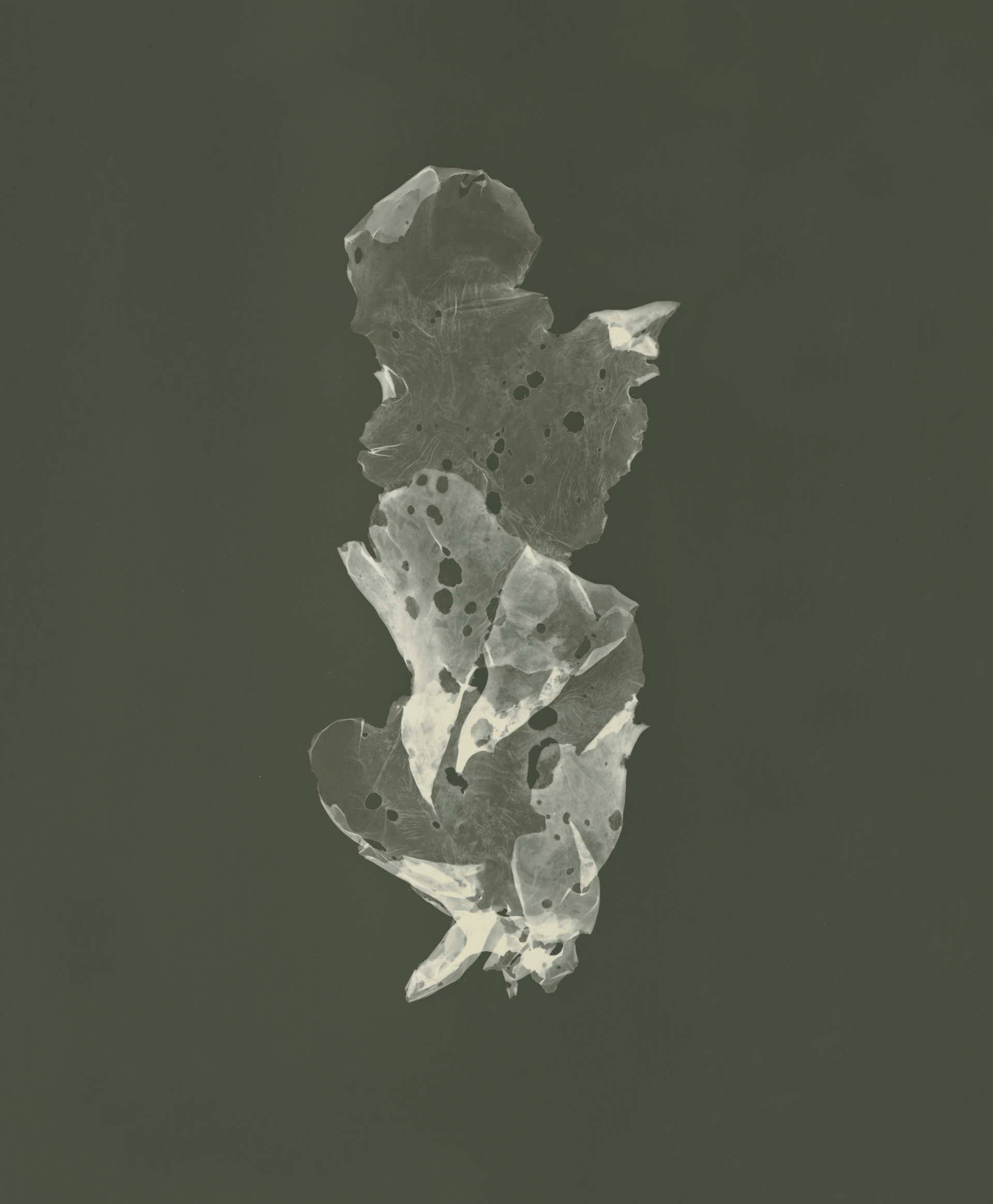
Sea lettuce (Ulva) - In remote coastal communities, sea lettuce was used to relieve headaches, fevers and to encourage sleep by binding it around one's forehead.

Sea oak (Phycodrys rubens) - “Call us not weeds, we are flowers of the sea” - Emily Charley, An album of British seaweed specimens (1856 - 1882).
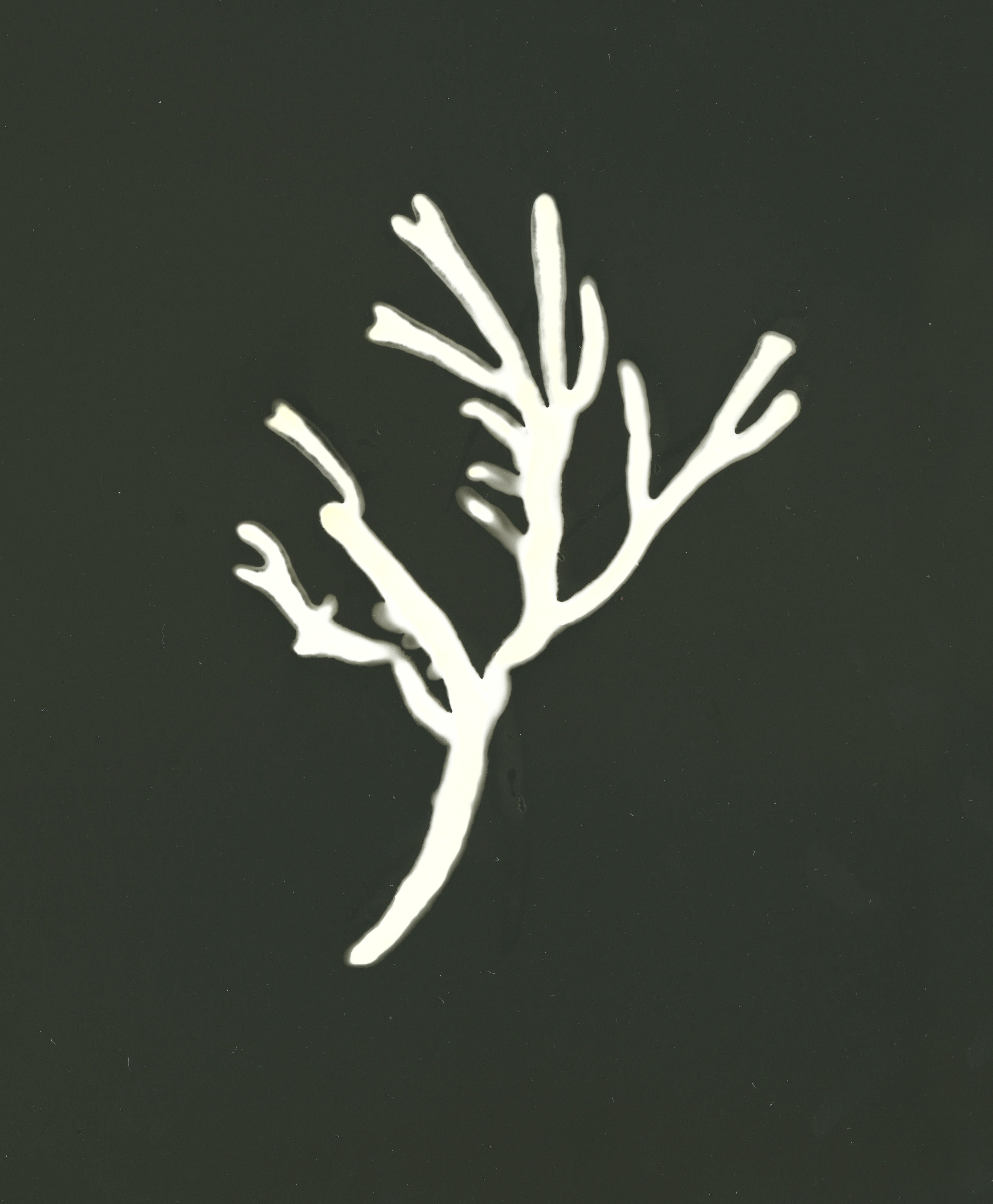
Velvet Horn (Codium tomentosum)
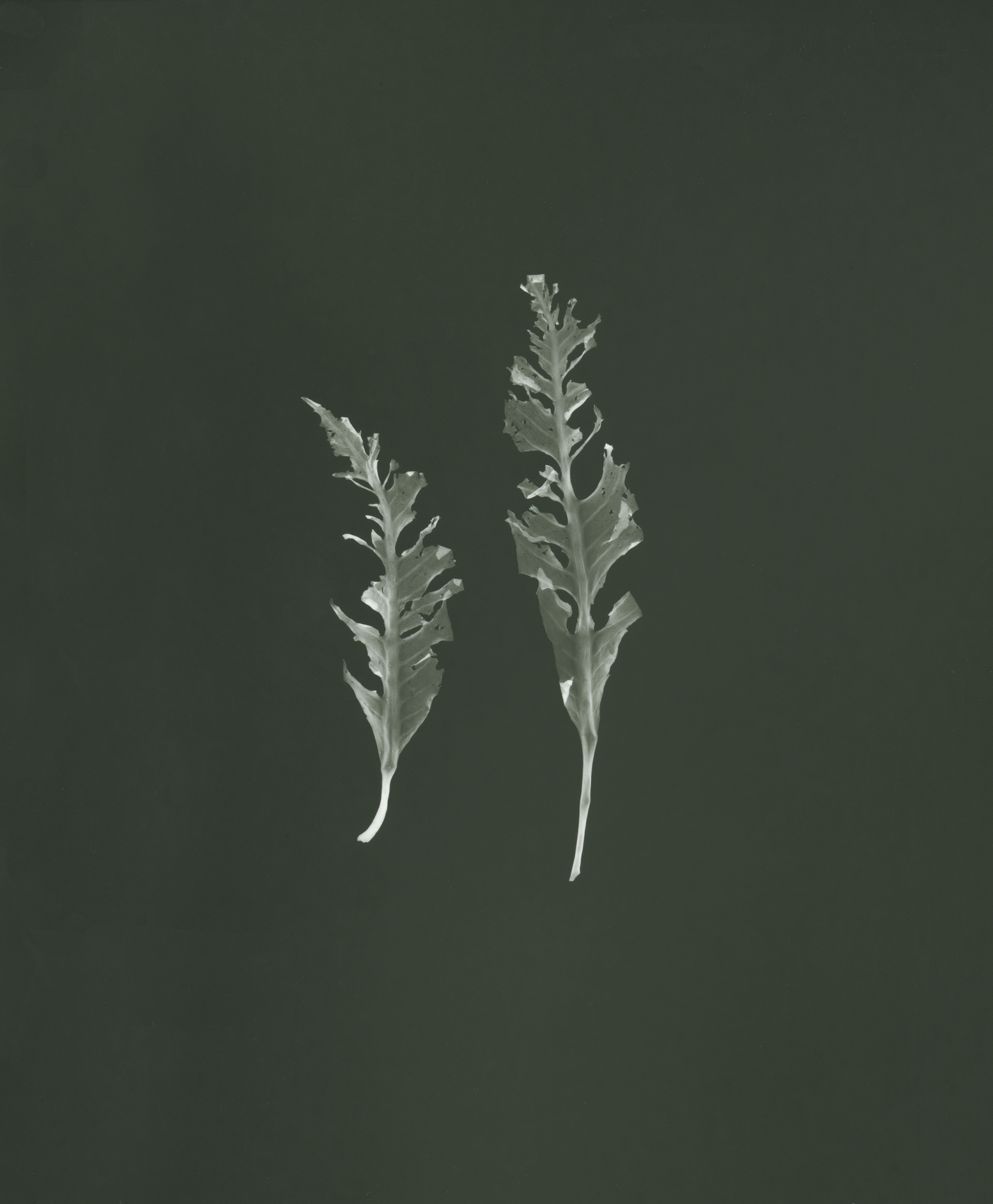
Sea oak (Phycodrys rubens)

Serrated wrack (Fucus serratus) - A natural remedy for skin conditions, serrated wrack has been used across centuries for seaweed bathing which was a popular Victorian activity. This seaweed releases an alginate when submerged in freshwater that is rich in antioxidant and anti-inflammatory compounds healthy for skin, hair and muscles. Cornish botanist John Stackhouse, 1742 - 1819, even commissioned seaweed baths to be cut into the cliff face, such as the one at Stackhouse Cove which fills with spring water.
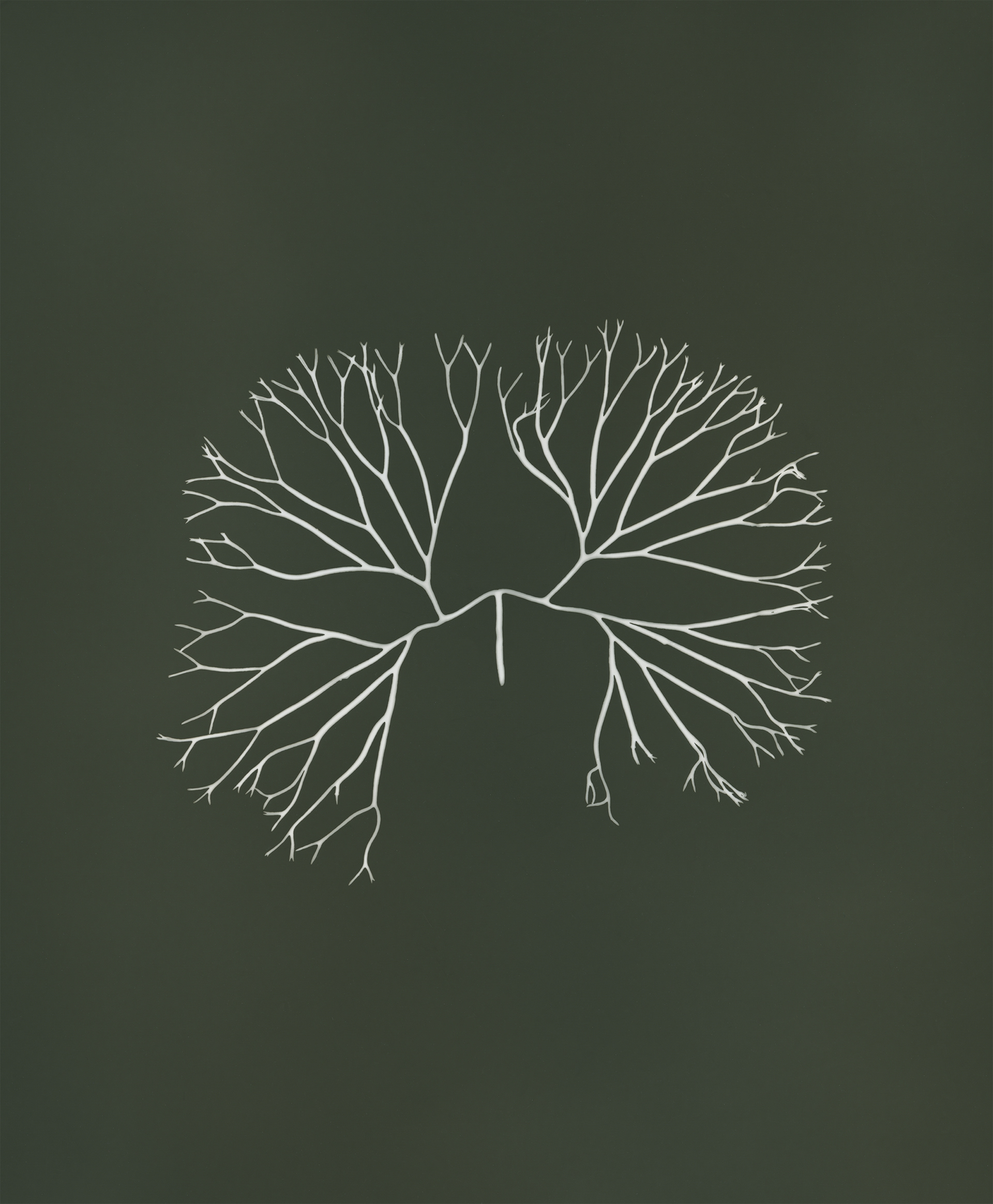
Clawed fork weed (Furcellaria lumbricalis) - Seaweed can be used to make bioplastics. A 100% biodegradable material that can replace single-use plastics. Current products provide solutions for many everyday applications, including food containers, oil pipettes, dissolving liquid pods and packaging films. To replace all single-use plastic with seaweed, only 0.066% of the ocean would be needed - an amount well within the range for maintaining ocean health.
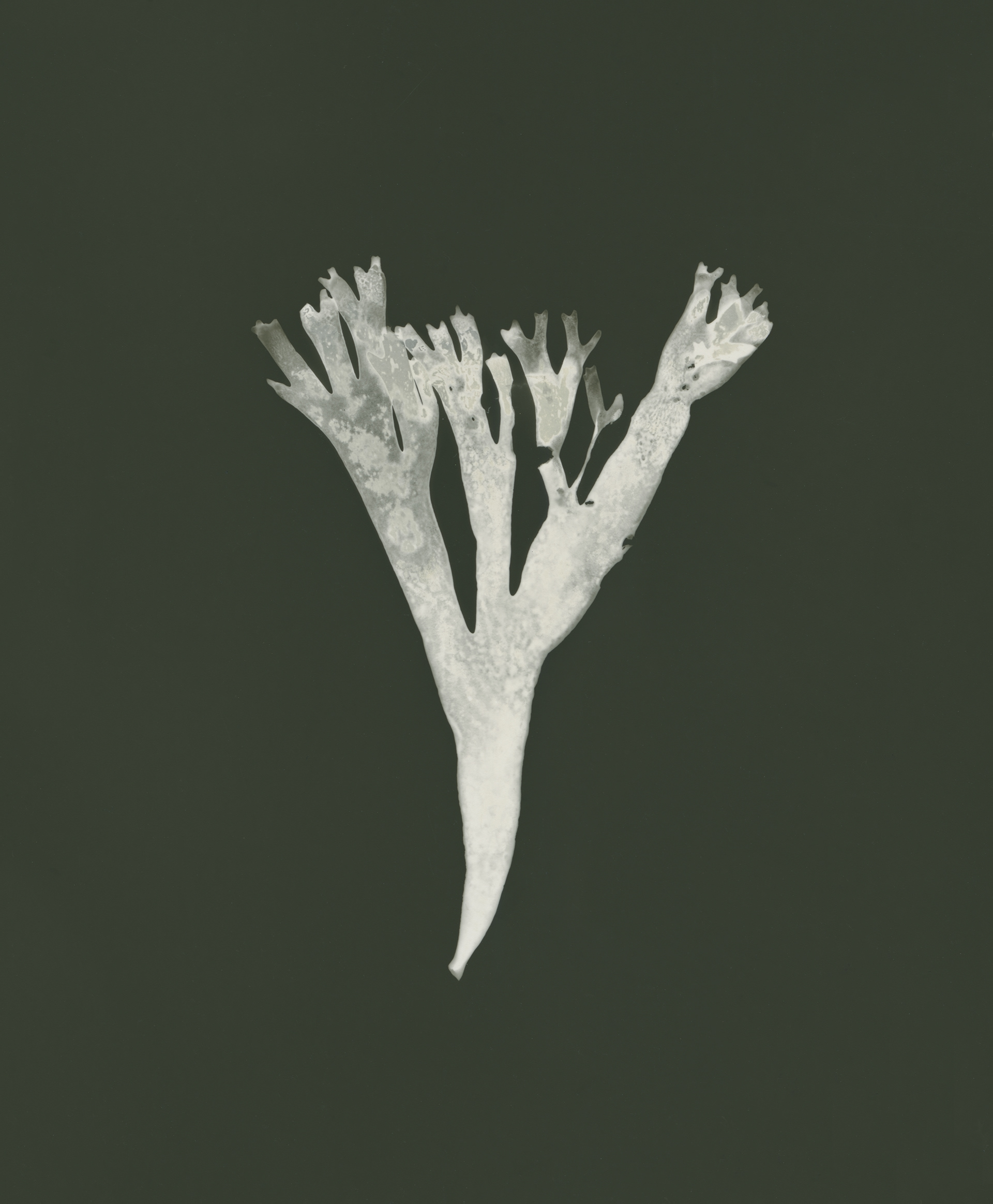
Cleaved wart weed (Gracilaria multipartita)

Wart weed (Terete gracilariaceae) - In the UK, the majority of seaweed is safe to pick and eat given the waters are not polluted in an area and the seaweed is fresh. It’s renowned as a superfood - nutritious and rich in vitamins and minerals not found in land plants. The guide to sustainably forging seaweed suggests to only cut the tips of the plant, leaving enough at the base to grow back and to only forage it if there is an abundance of that particular species around.
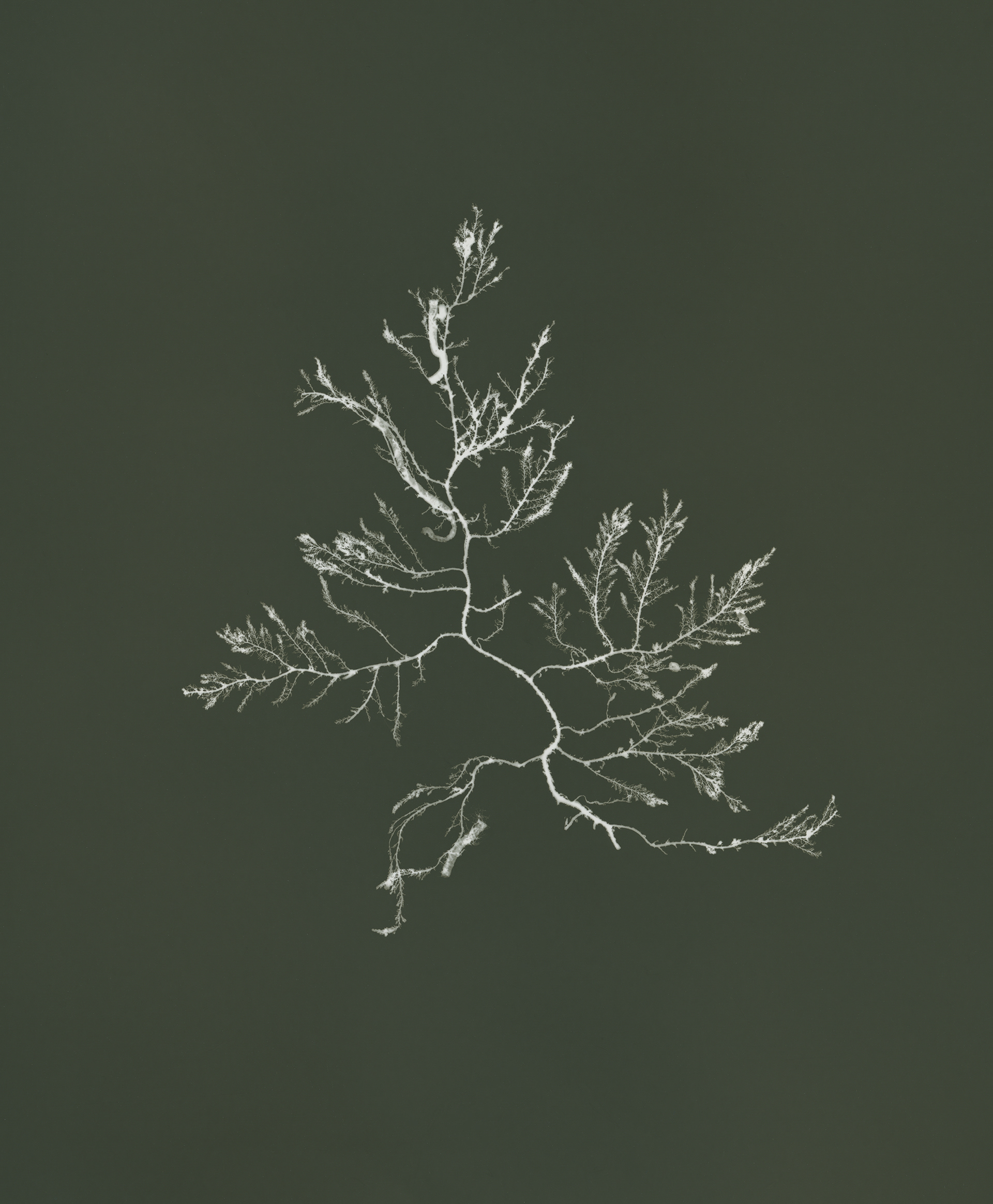
Siphoned feather weed (Heterosiphonia plumosa) - Popularized by the Victorians, the craft of seaweed pressing preserves the vivid colors and diverse forms of seaweed. Elizabeth Warren of Flushing (1786–1864) was one of Cornwall’s most prolific collectors - her valuable contributions highlight how women advanced science through methods often dismissed by male-dominated institutions. Today, these historic pressings can be studied and help us track changes to our oceans.
Look closely and each species becomes its own character;
Siphoned feather weed, Sea oak, Beautiful eyelash weed…
Siphoned feather weed, Sea oak, Beautiful eyelash weed…
‘Portraits of Seaweed’ unveils the beauty and diverse forms of seaweed species across Cornwall - a region home to over 400 of the UK’s 650 known varieties. These depictions of our ocean flowers aim to rekindle emotional relationships to our botanical world, regain lost knowledge, and look towards the future and potential they hold.
The project is a response to the warning voiced by researchers that we are living through an extinction of botanical knowledge in Western culture. The portraits offer an introduction to see these often-overlooked organisms as characters - old friends full of mystery, history, and quiet strength. They extend an invitation to meet at the ocean's edge; a world that may seem so alien to our own, but which offers a welcoming sense of belonging and acceptance, where every form is honoured in its own uniqueness.
As chambers to deep rooted history, ecological importance and potential solutions to the climate crisis, seaweeds live intertidal lives and are great symbols of resilience. From Victorian fascinations of seaweed pressing and the topic of the first ever published coloured photographic book, our underwater forests have since proved vital in carbon sequestration and habitat creation. They hold potential for sustainable farming and offer a wide range of applications from cutting-edge biomaterials to food production, agriculture and medicine. These ancestors of land plants offer a beacon of hope in the face of climate change. This body of work offers the opportunity to meet these characters and raise awareness of their importance throughout history and into the future.
The photographs are crafted with a home brewed seaweed developer in the darkroom, embodying the potential of seaweed through their creation, and changing the culture of analogue photography towards more sustainable practices.
